Architecture
Top / About Gesshoji / Architecture
Timeless Mastery of Edo Architecture
The buildings of Gesshoji, shaped by the exquisite craftsmanship of Edo-period artisans, embody the elegance and spirit of their time.
Structures such as the mausoleums and temple gates have transcended centuries, standing alongside the lords of Matsue to convey the dignity of the past.
Each architectural work carries its own stories and history, inviting visitors to sense the atmosphere and memories of a bygone era.

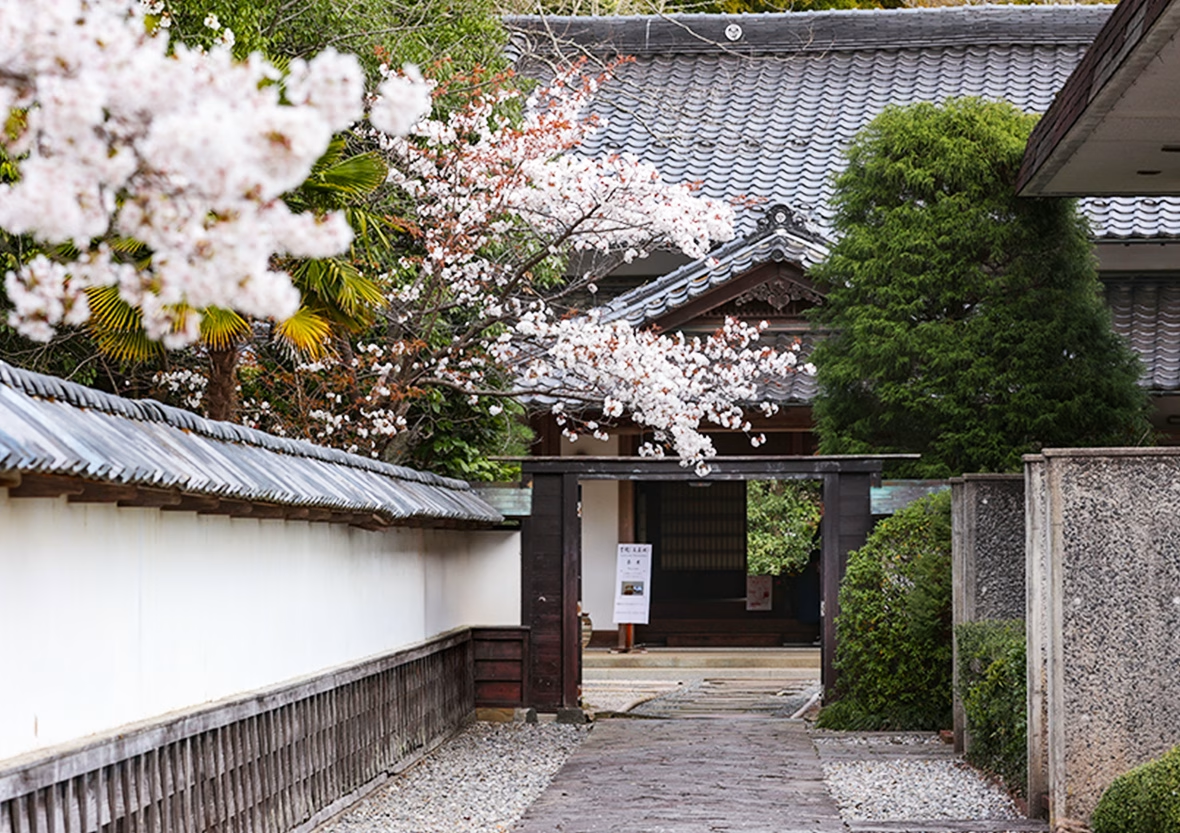

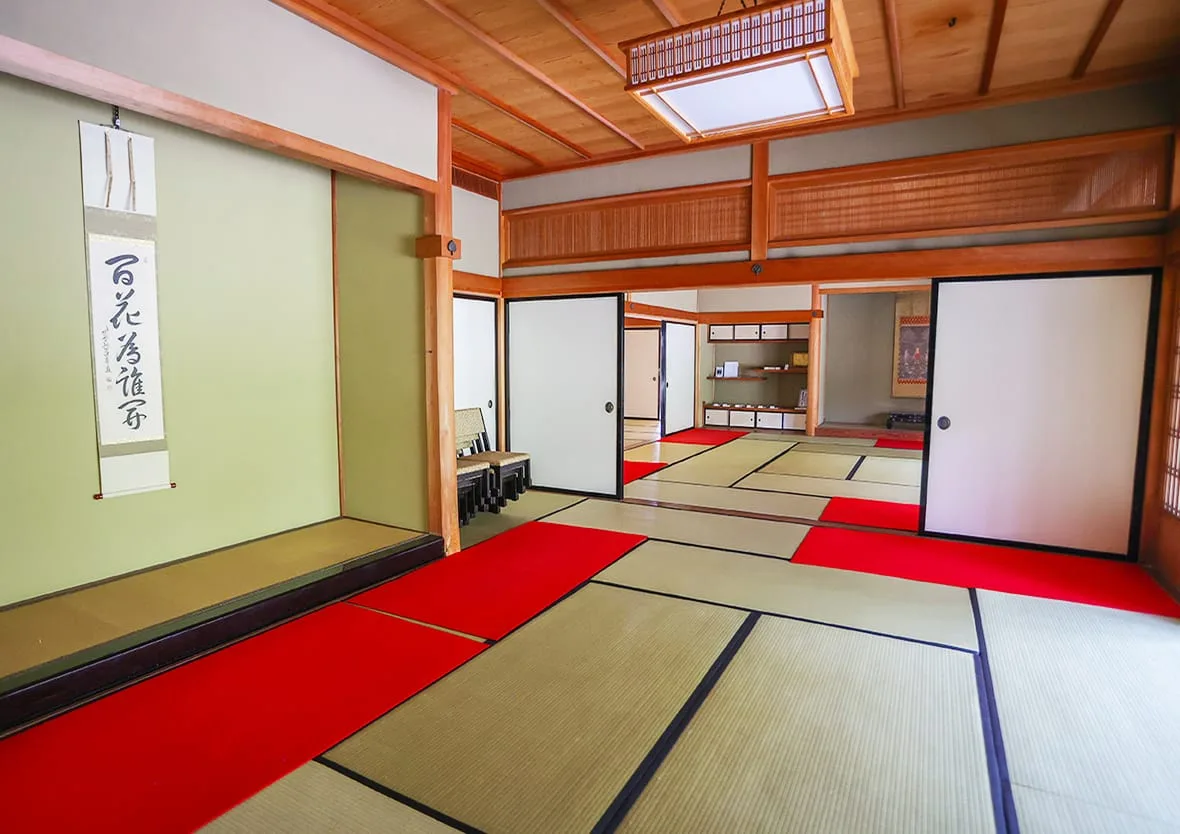
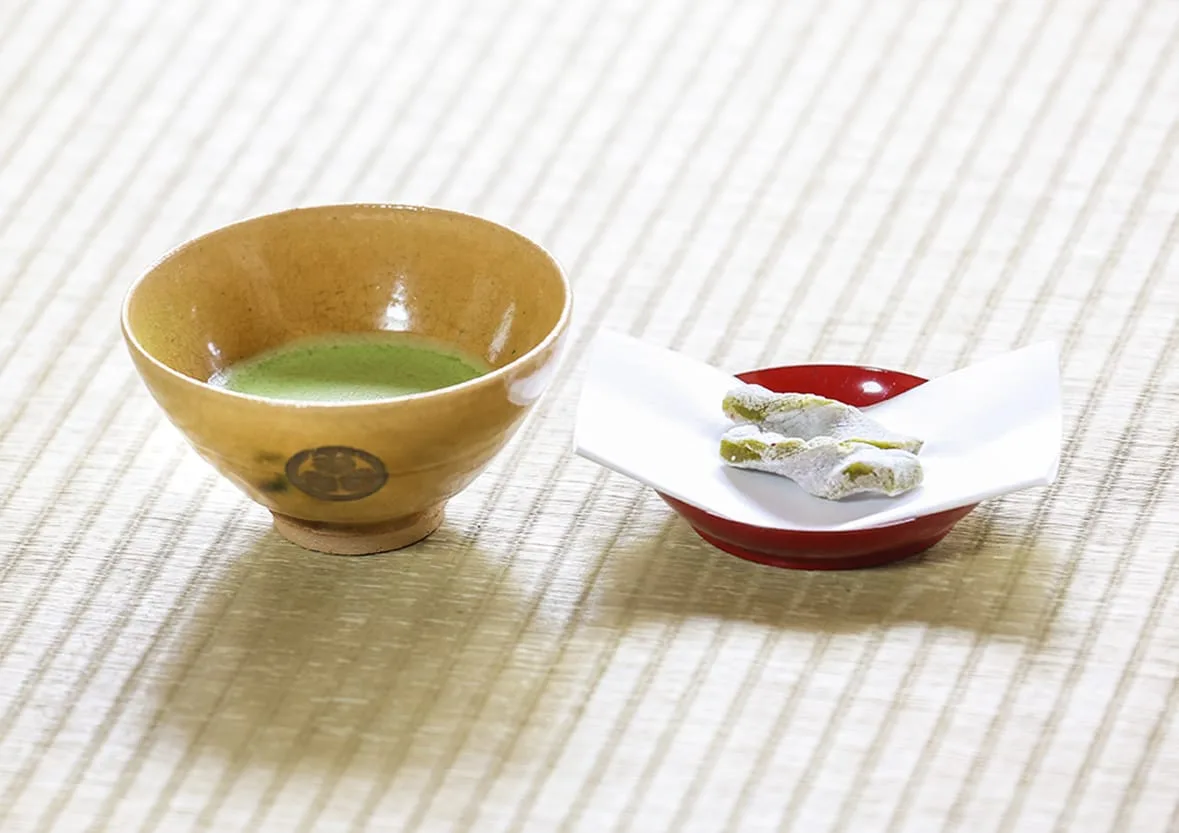
Shoin
The current Shoin was rebuilt in 1984 to reflect the dignity befitting the family temple of the Matsue Domain in the International Cultural Tourism City of Matsue.
In the back right room is the Onari-no-ma, designed in the style of the Azuchi-Momoyama period.
The Shoin is open to the public, and visitors may enjoy tea served in locally crafted tea ware upon request.


Otamaya
Built in 1798, this hall enshrines the ancestral tablets of the successive lords of the Matsue Domain.
The structure is entirely enclosed, and the interior walls feature paintings by Kano Eiun.
It is opened to the public only once a year on August 16 for the Otamaya-biraki Ceremony.
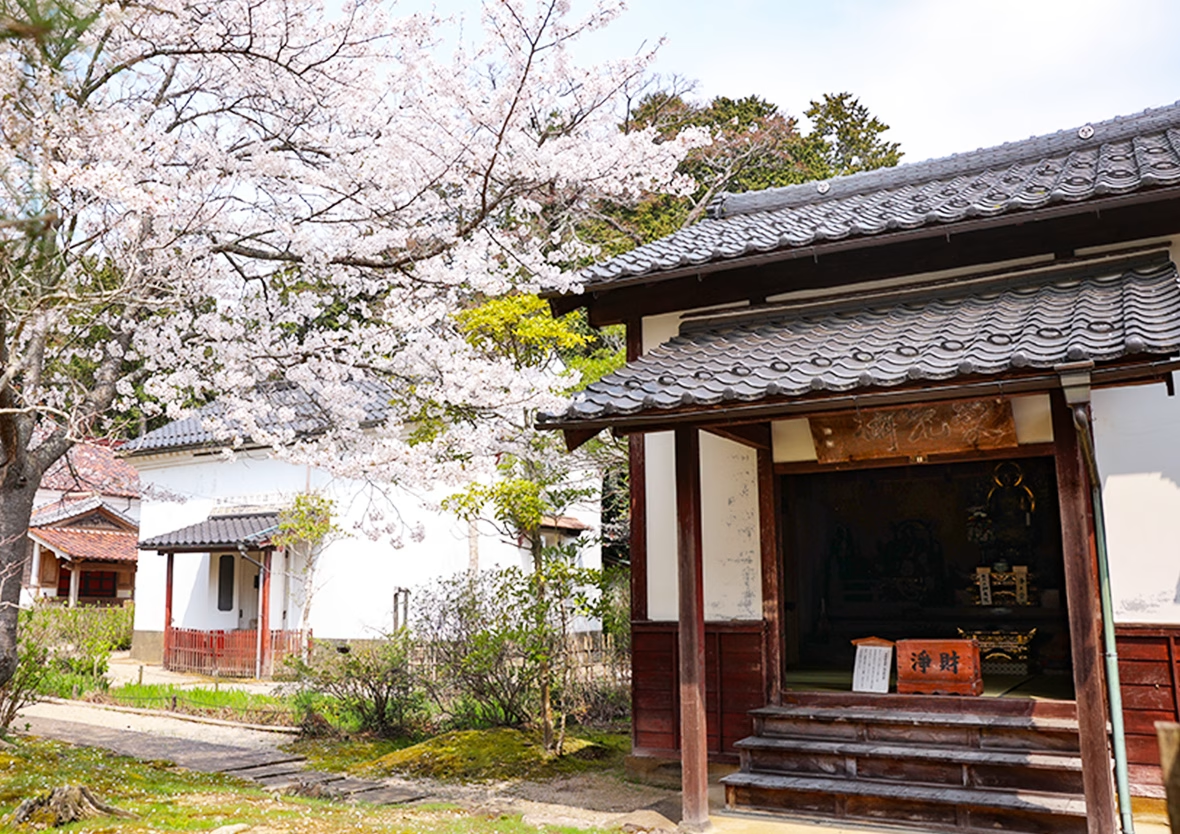

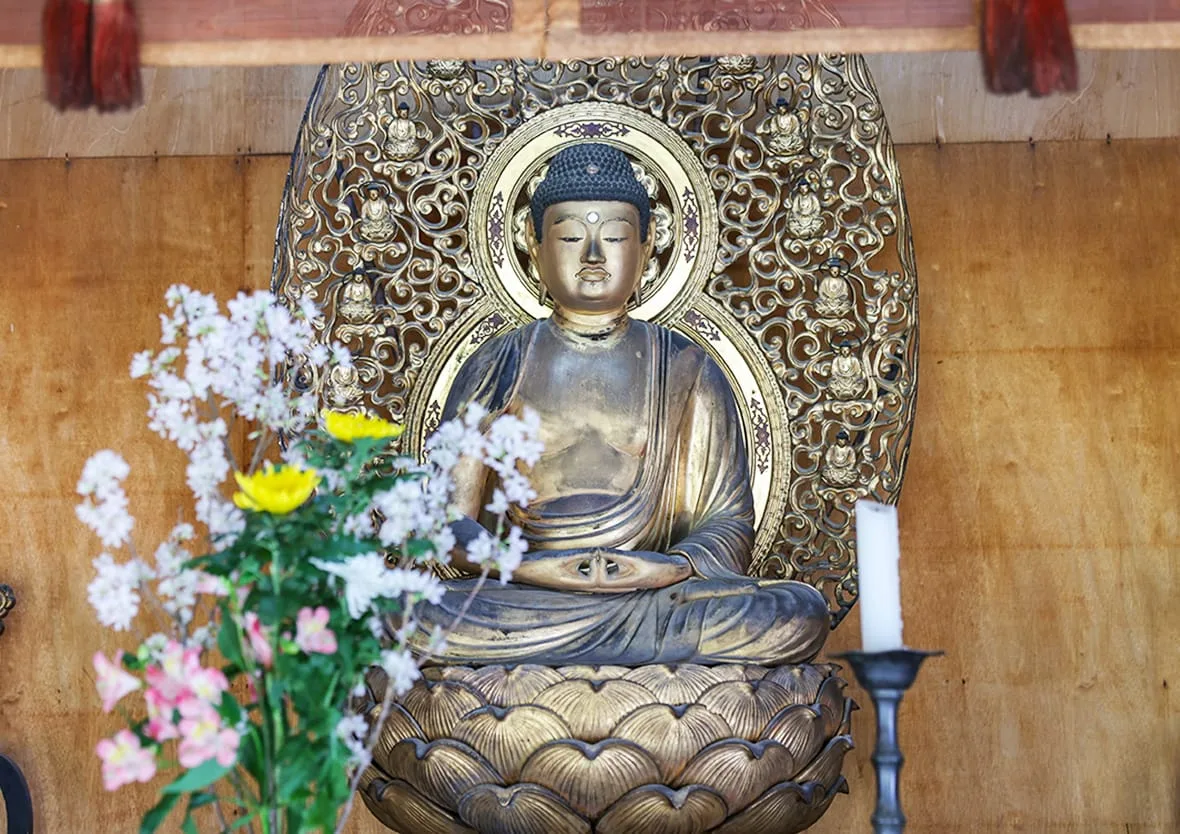

Main Hall (Current)
The present Main Hall was constructed in 1954.
The principal image of Amida Nyorai (Amitabha Buddha) was commissioned by the first lord, Naomasa Matsudaira, in prayer for the peace of Lady Gesshoin’s soul.
Inside the hall are paintings of the Sixteen Arhats by Kano Eiun, while an external framed plaque bears a calligraphy inscription by the tenth lord, Sadayasu Matsudaira.

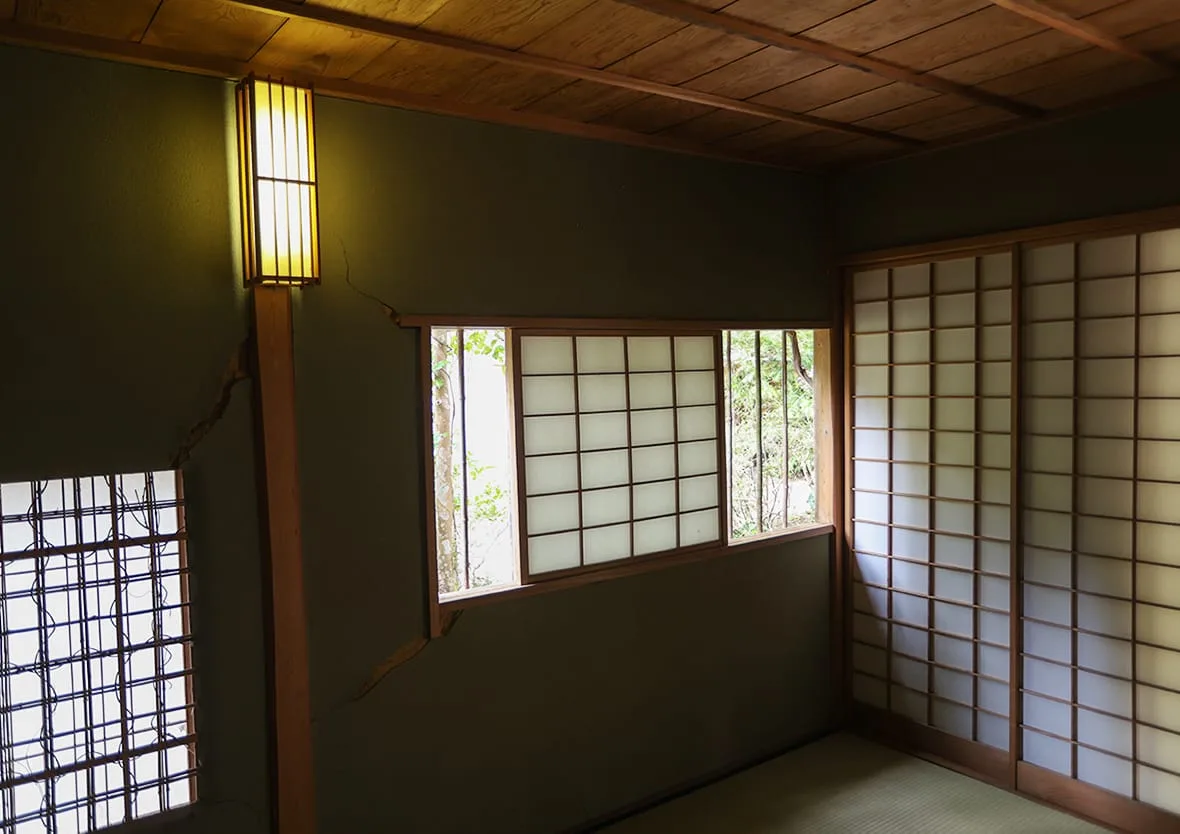
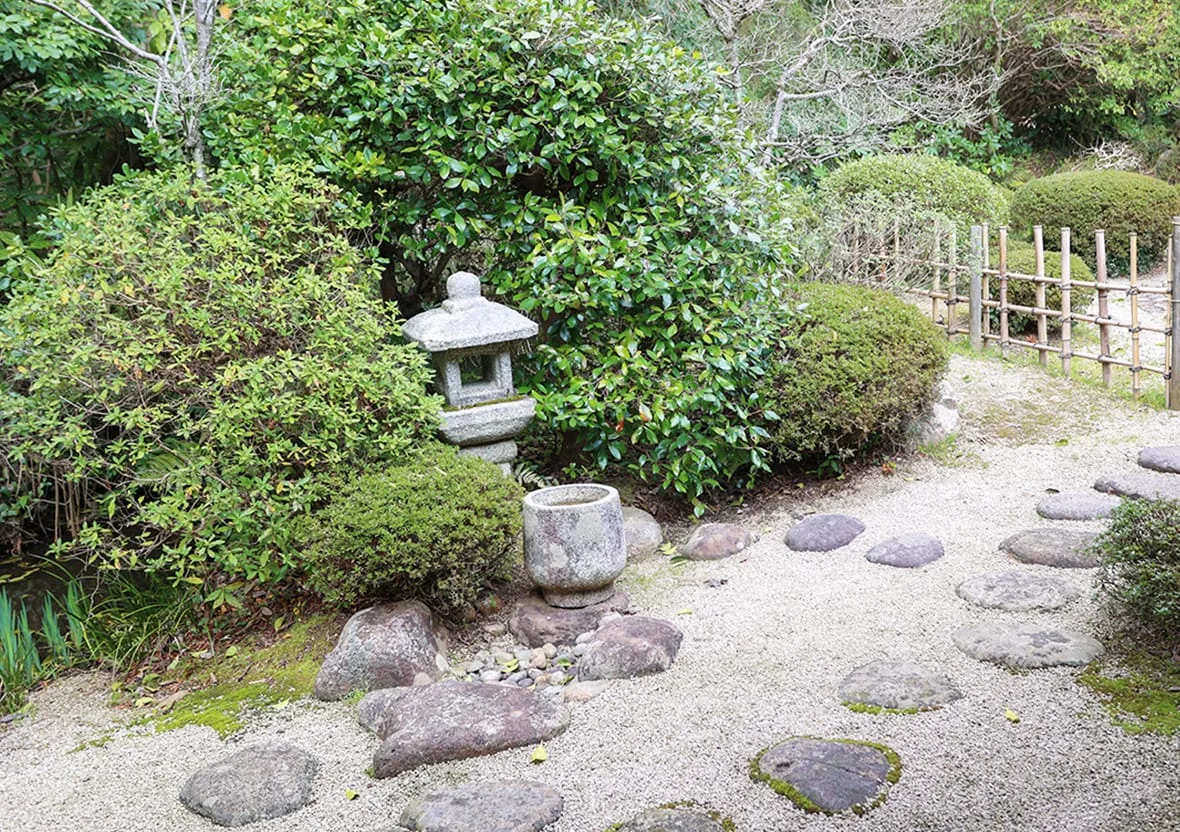
Tea Room – Daien-an
Located quietly behind the Main Hall, Daien-an is a traditional tea room that once served as a venue for tea ceremonies.
It retains the atmosphere of the past and offers a tranquil space where the lords’ love for the tea tradition can still be felt.

Treasure Hall
The Treasure Hall houses a remarkable collection of artifacts associated with the Matsue lords.
Among its exhibits are a statue of Lord Fumai and an oversized Nehan-zu (Parinirvana painting), along with other rare and culturally significant works.
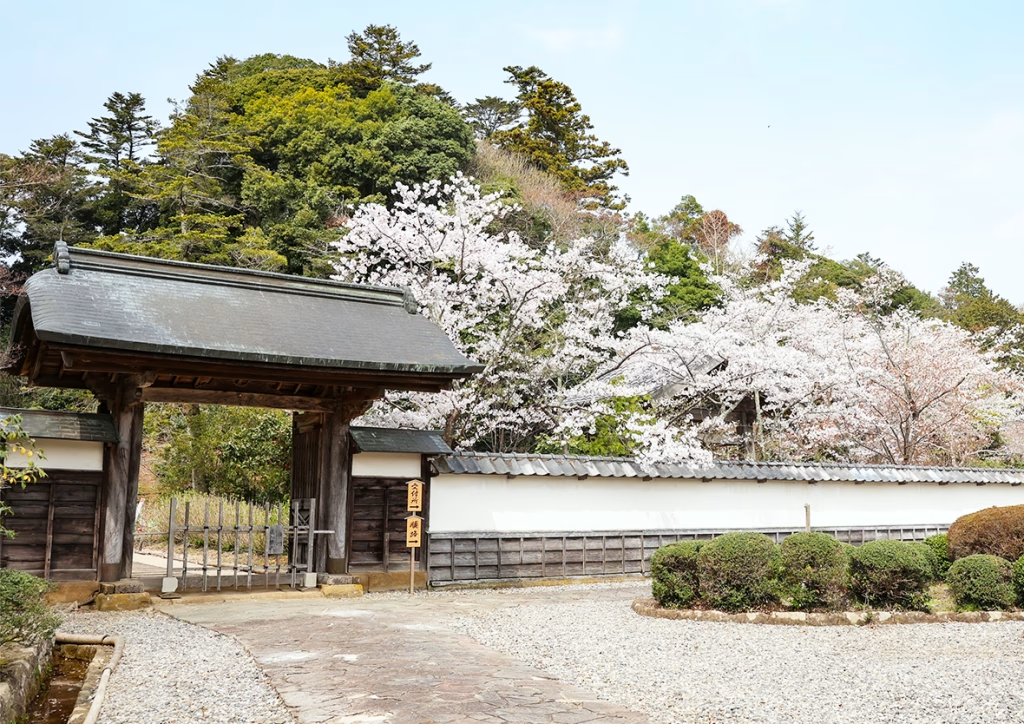
Karamon
This single-bay hirakaramon (flat gabled gate) is believed to date back to the mid-17th century.
The style of its carvings suggests that it was constructed by the official craftsmen of the Matsue Domain.
There is also a theory that it was relocated from Enryū-ji Temple in Nishiomachi, though this remains uncertain.


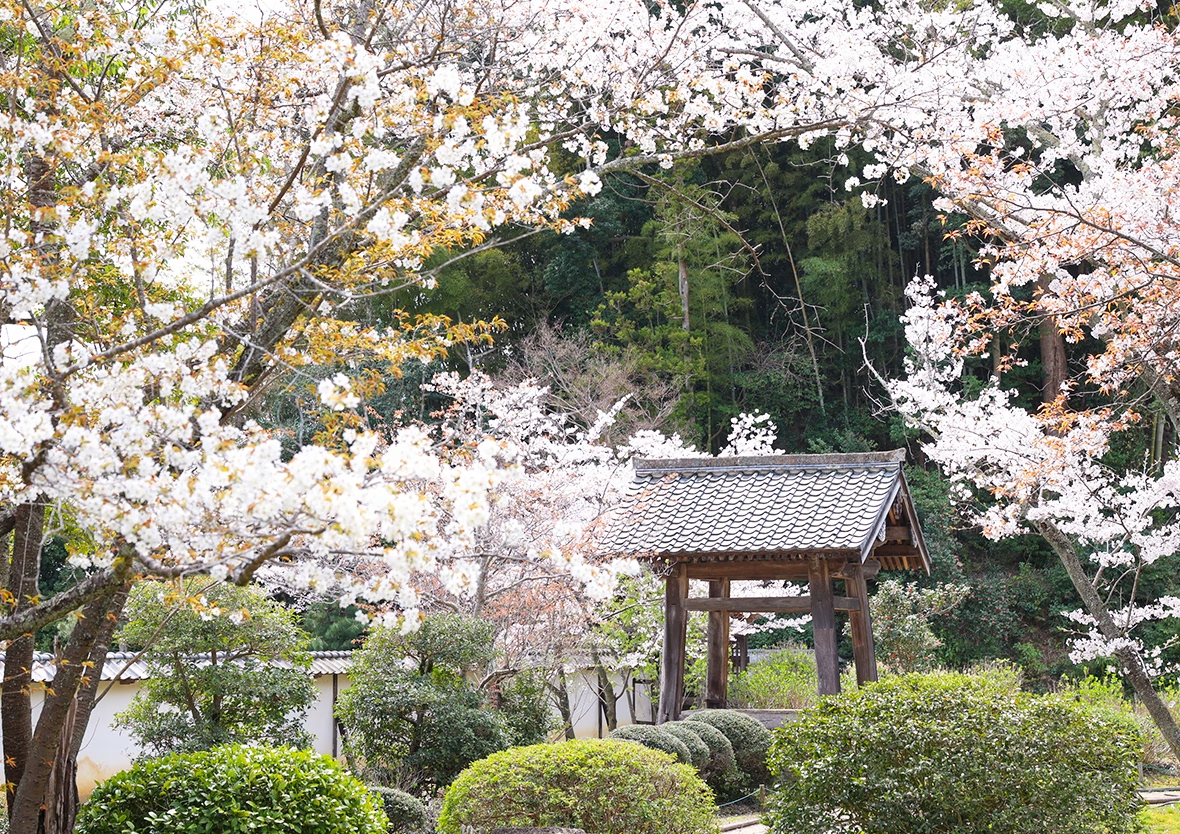
Shōrō (Bell Tower)
Estimated to have been built in the mid-17th century, this bell tower features decorative elephant-trunk motifs (zōbi).
It is believed to have been constructed by the official craftsmen of the Matsue Domain.
During renovations of the temple grounds in the Taishō era, the tower was relocated to its current position.

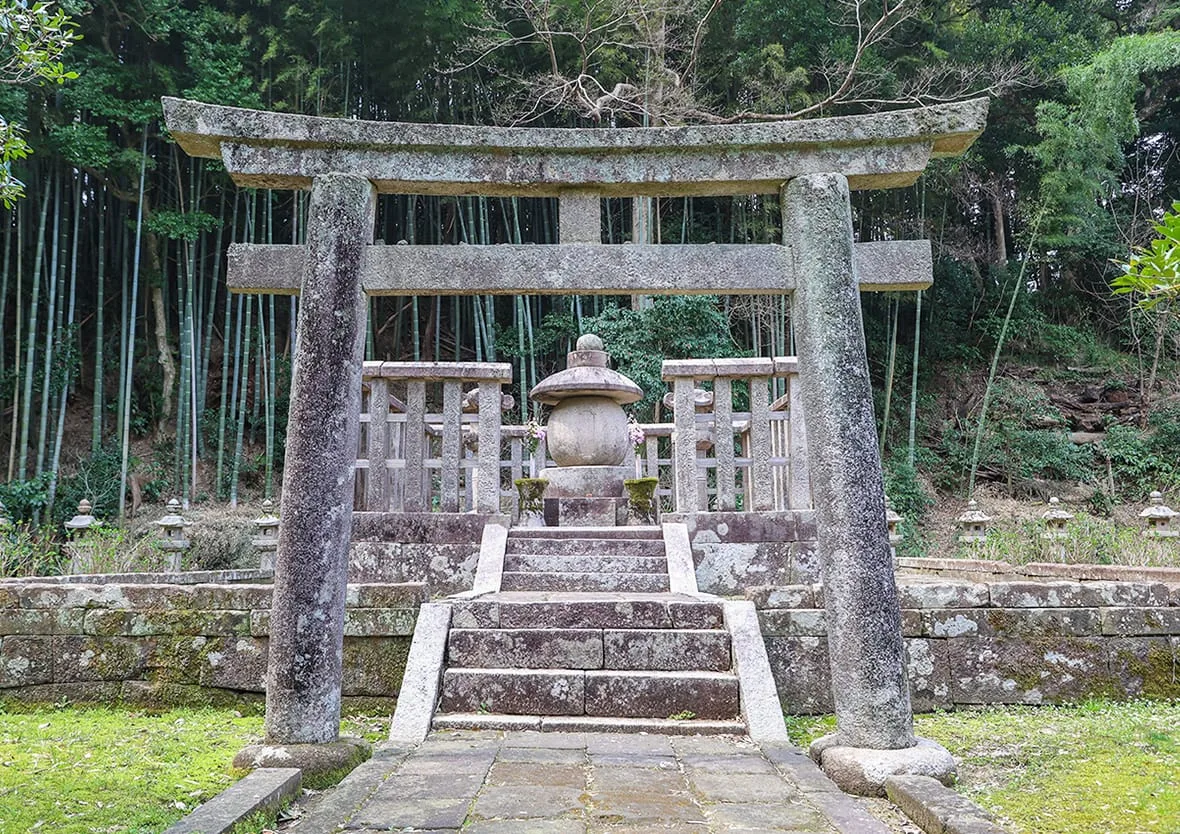
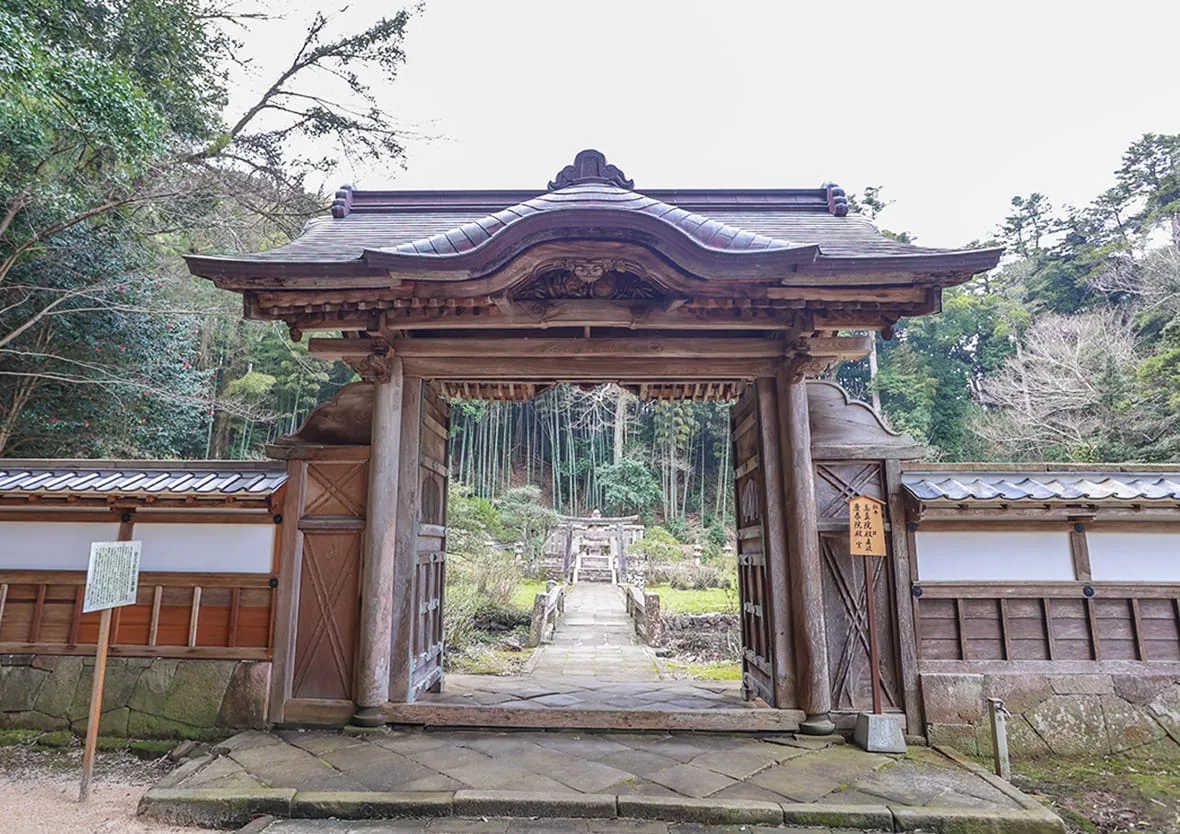
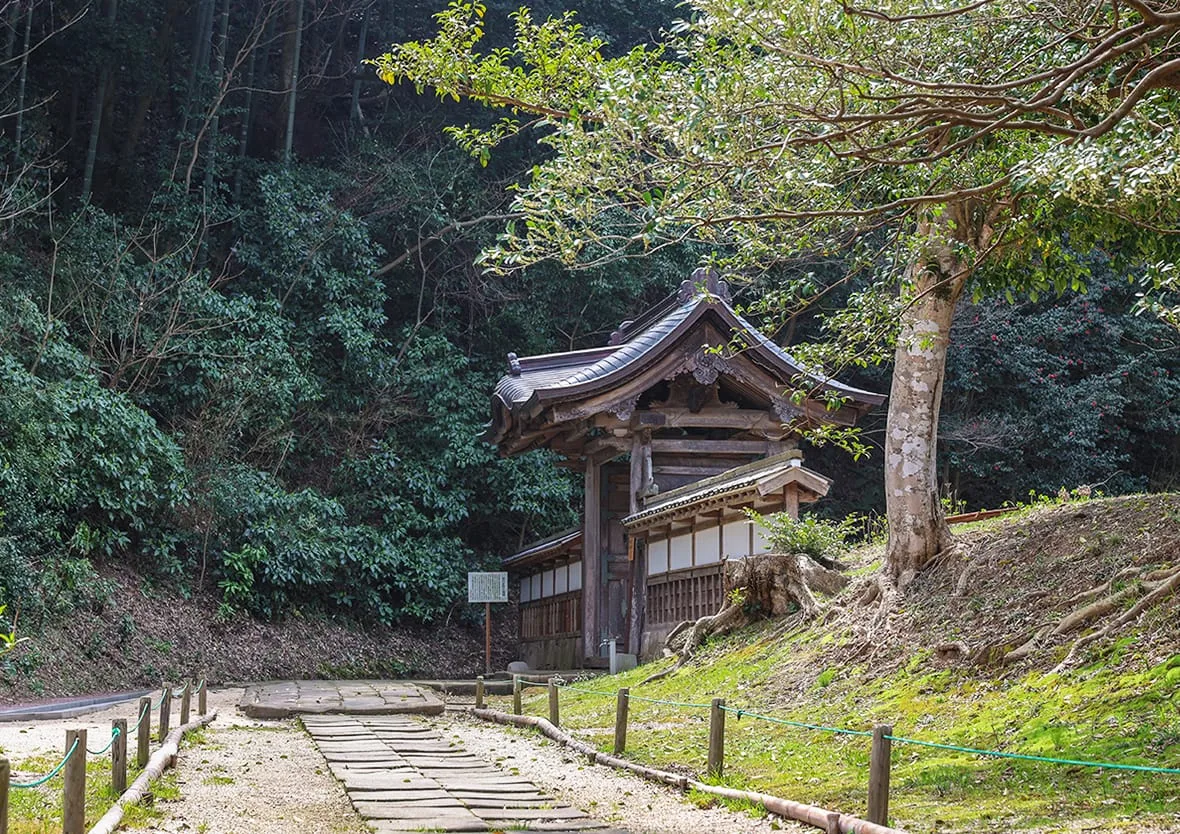
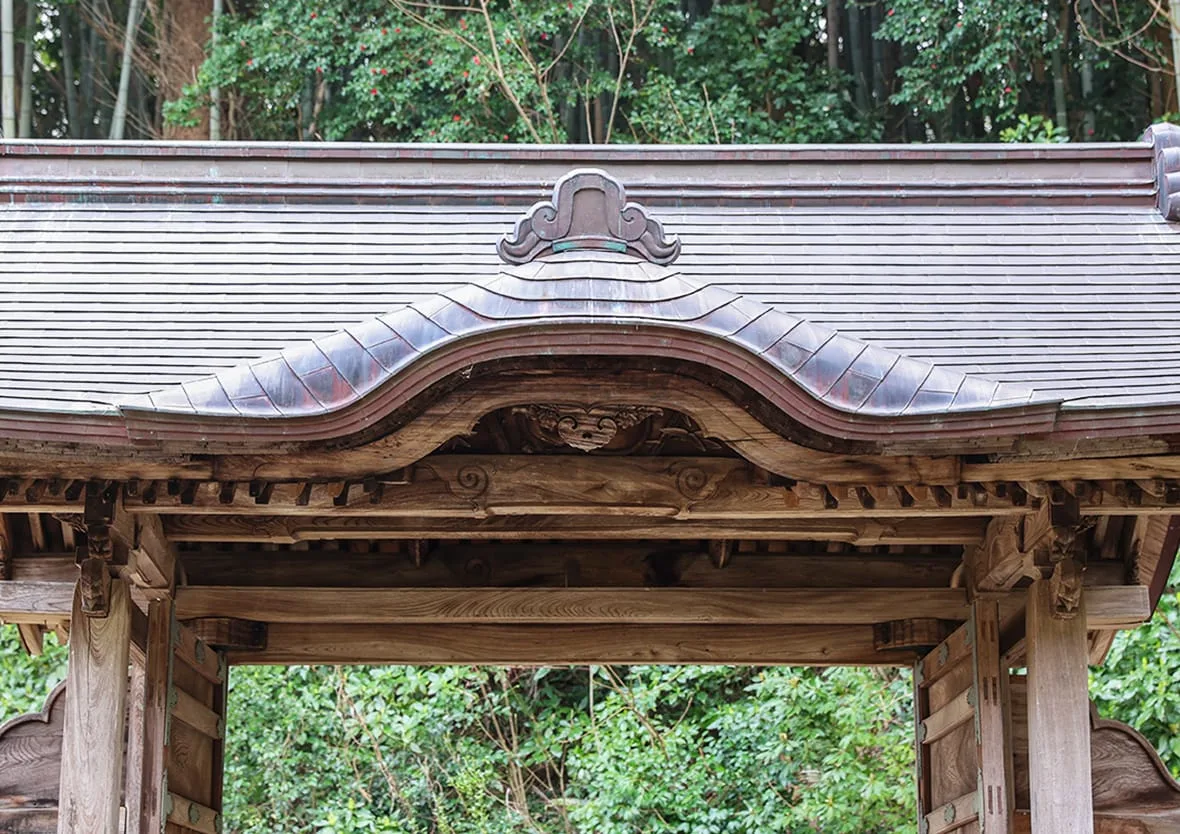
Grave of Lord Naomasa (First Lord)
Constructed in 1679, this mausoleum houses the grave of Matsudaira Naomasa, the founding lord of the Matsue Domain.
The mausoleum gate, designated as a cultural property of Shimane Prefecture, features elaborate carvings of tigers and bamboo under a karahafu gabled roof, reflecting its distinguished status.
Naomasa, a grandson of Tokugawa Ieyasu, was celebrated for his military prowess and governance.
He notably distinguished himself at the Siege of Osaka and was praised by Sanada Yukimura for his valor.
In politics, he oversaw major reconstruction projects such as at Hinomisaki Shrine and Izumo Taisha, emphasizing faith and devotion.
He passed away in the Edo clan residence in 1666.
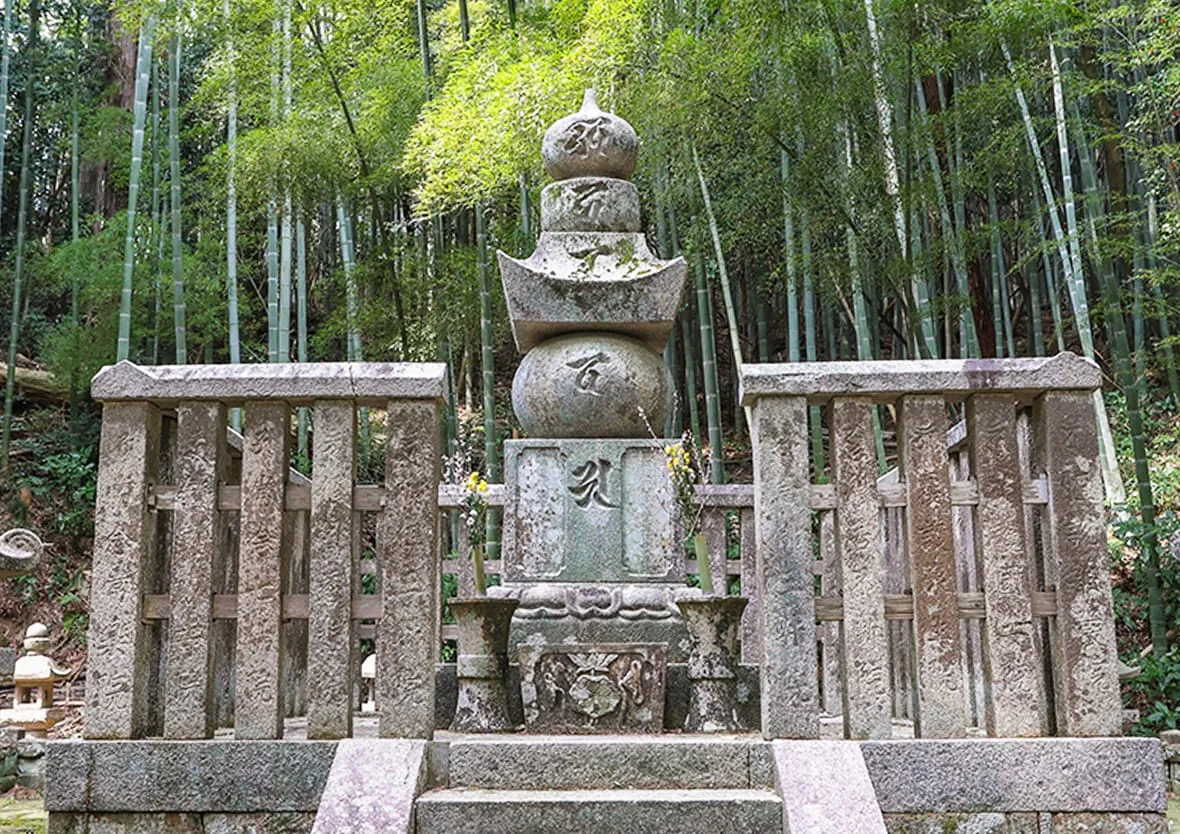


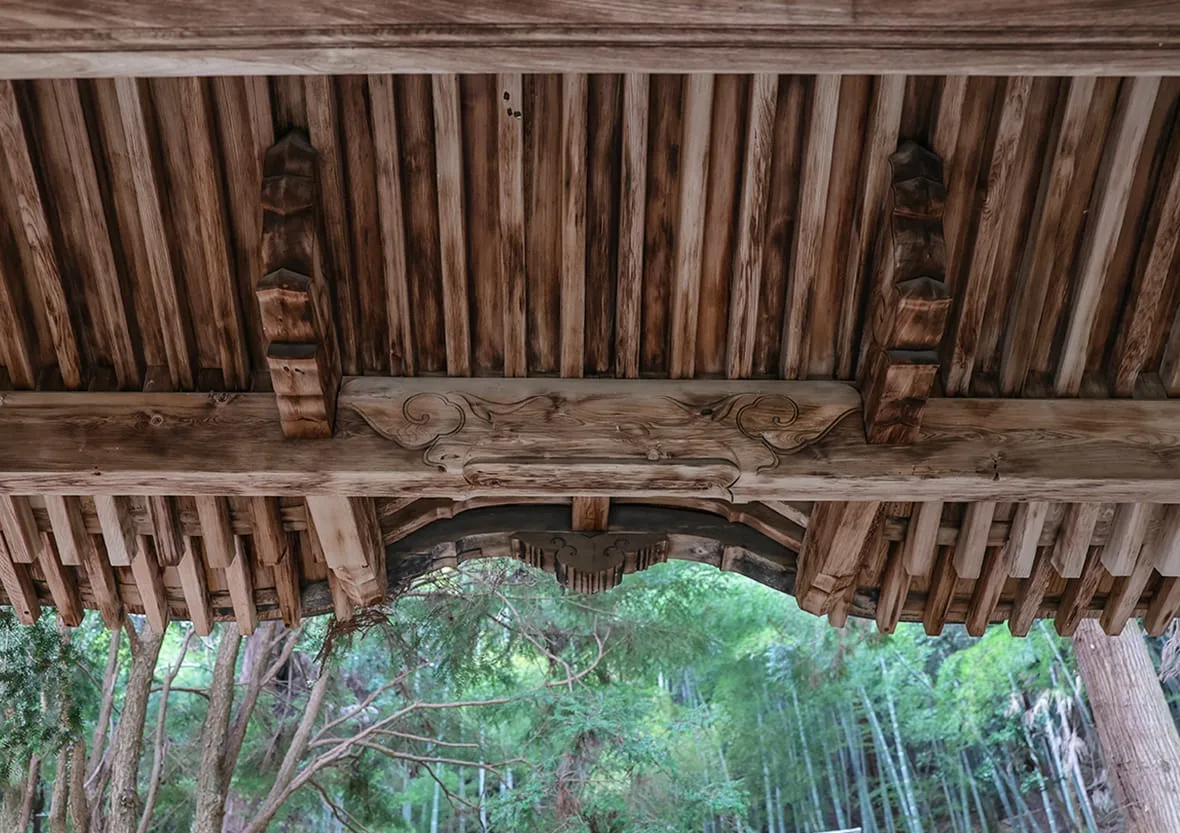
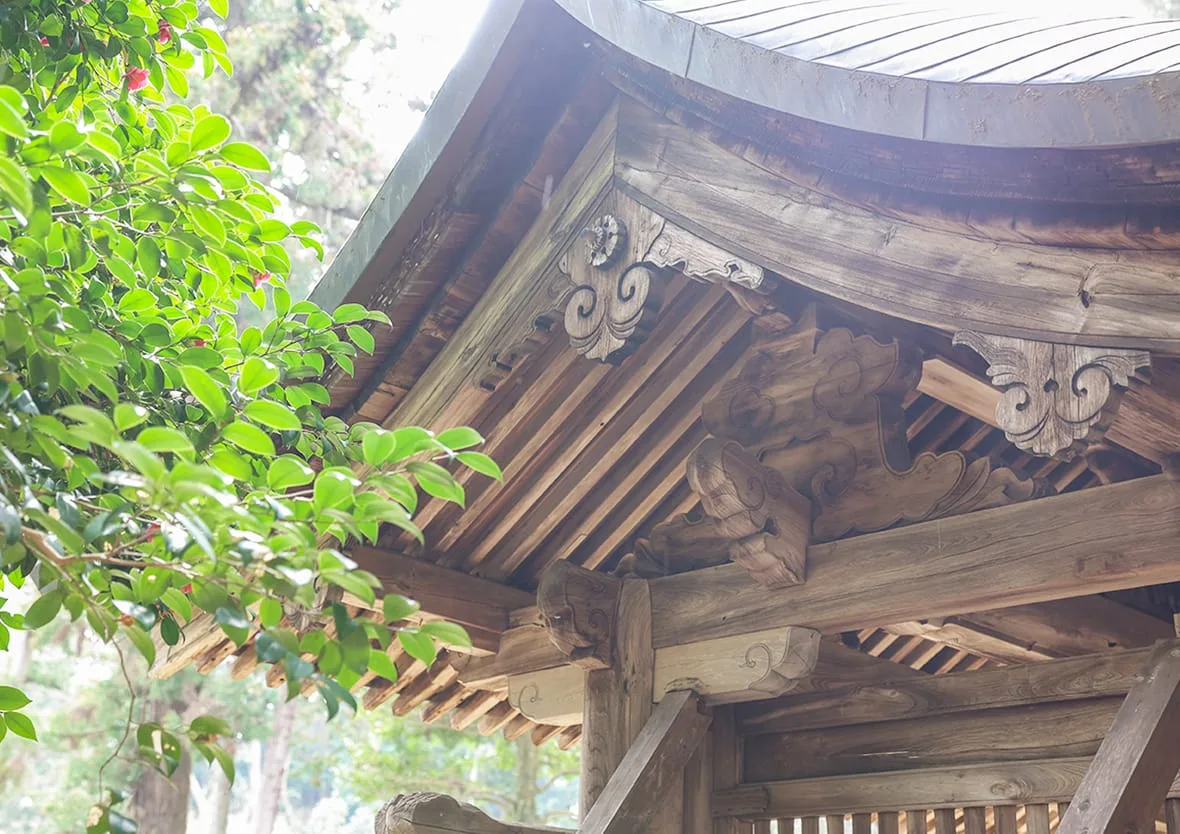
Grave of Lord Tsunataka (Second Lord)
Built in 1676, this mausoleum features carvings of the paulownia crest (kirimon) on its karahafu gable.
Though still formal, the construction is somewhat simpler than that of the first lord’s mausoleum.
Lord Tsunataka was known for his talents in the arts, particularly painting, studying under Kano Eiun and producing many works.
He also formally established Gesshoji as the Matsue Domain’s family temple and promoted its development.
He passed away suddenly in 1675 at the age of 44.
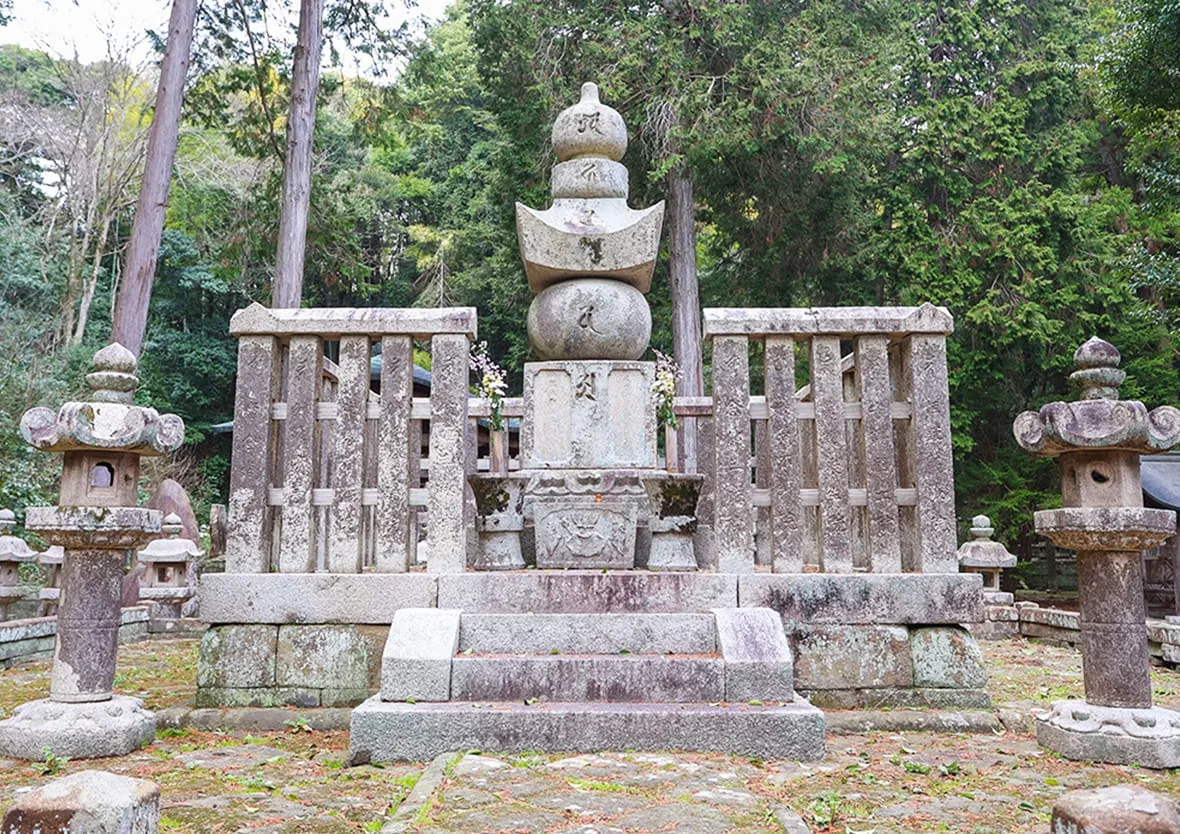
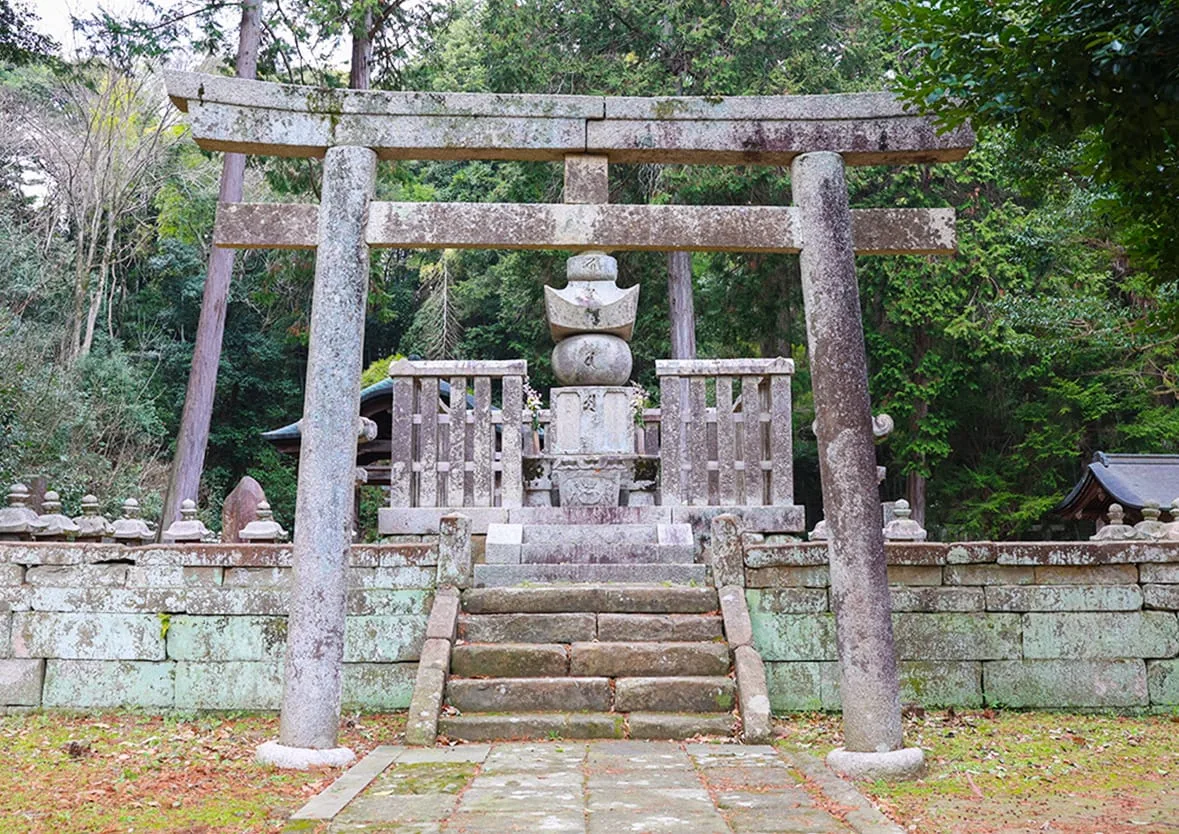
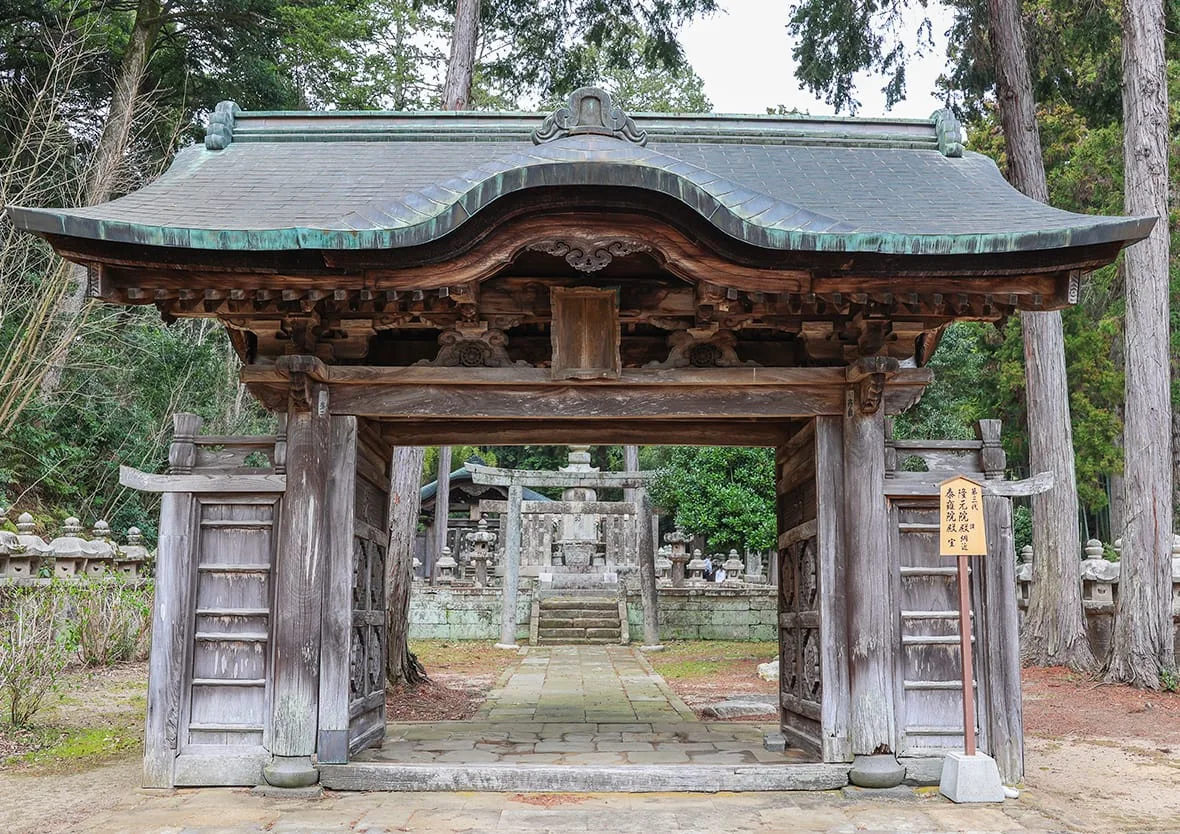


Grave of Lord Tsunachika (Third Lord)
Constructed in 1710, this mausoleum features a single-bay structure with a gabled roof and karahafu gable adorned with dragon carvings.
Lord Tsunachika succeeded to the domain at the young age of 17 and worked toward stabilizing governance.
He promoted agricultural development, including the cultivation of lacquer trees, mulberries, and paper mulberry (kōzo), and laid the foundation for future ginseng cultivation in the Koshibara area.
Despite his efforts, he faced frequent floods and financial difficulties.
Despite his efforts, he faced frequent floods and financial difficulties.
After losing his sight later in life, he found solace in appreciating the fragrance of peonies.
He passed away in 1709 at the age of 51.
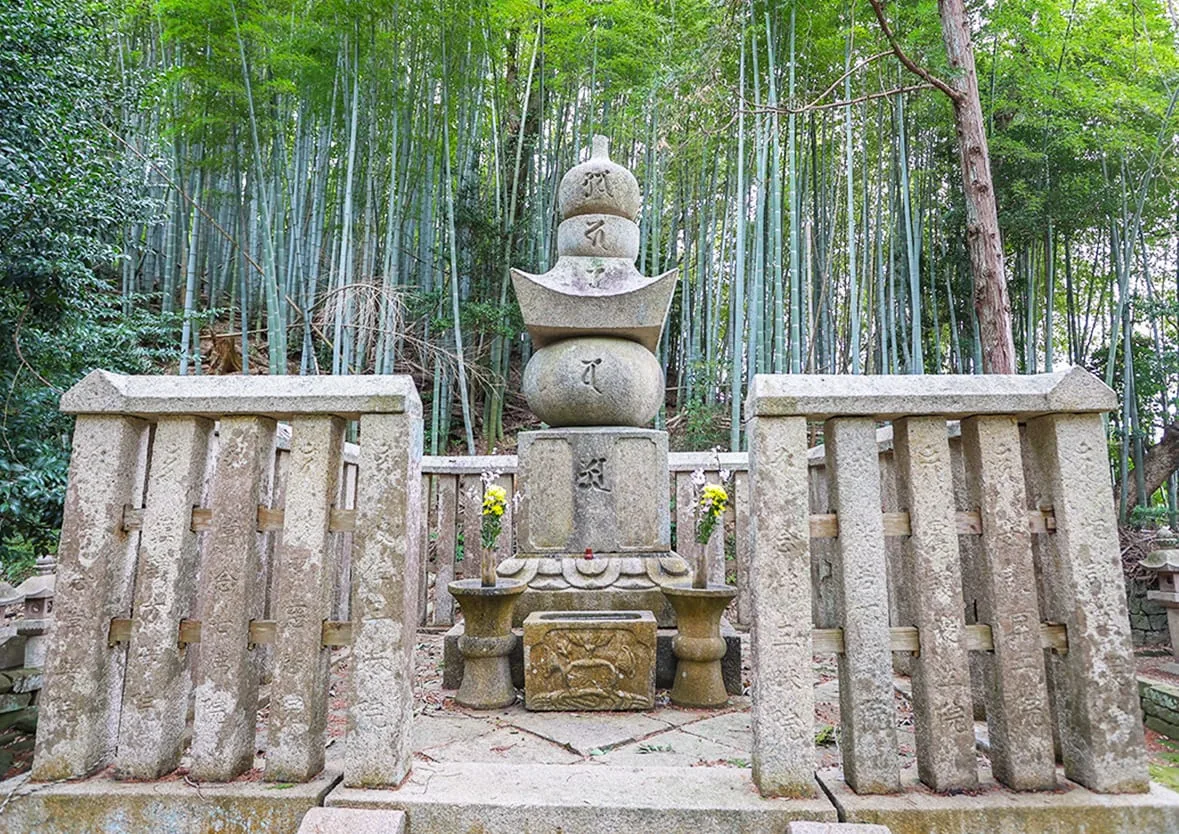
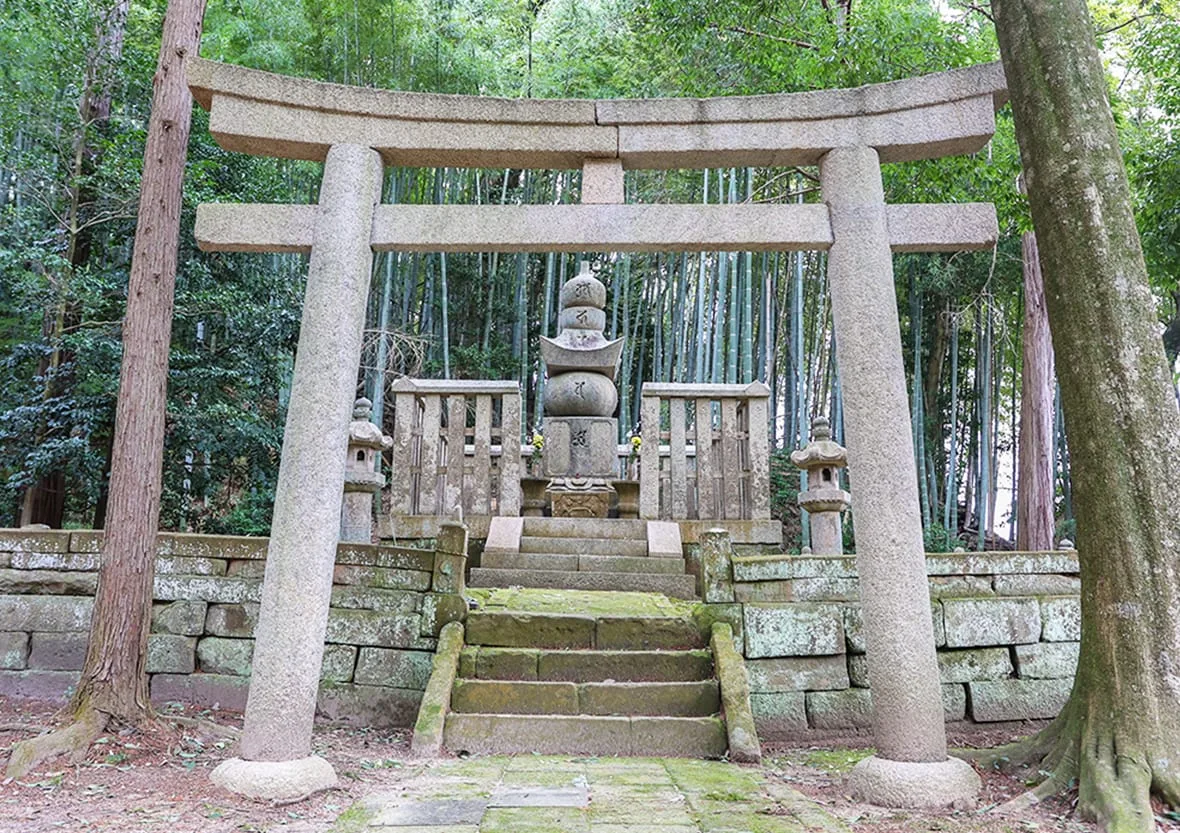
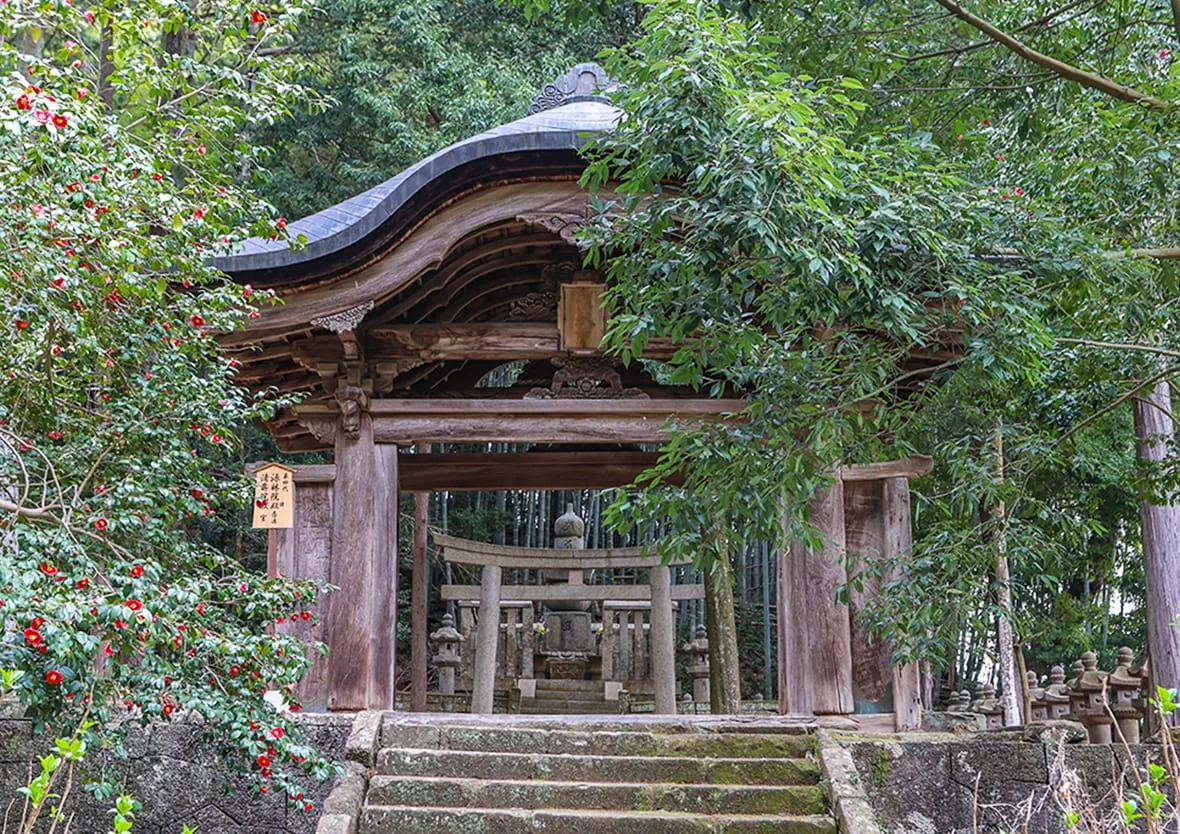
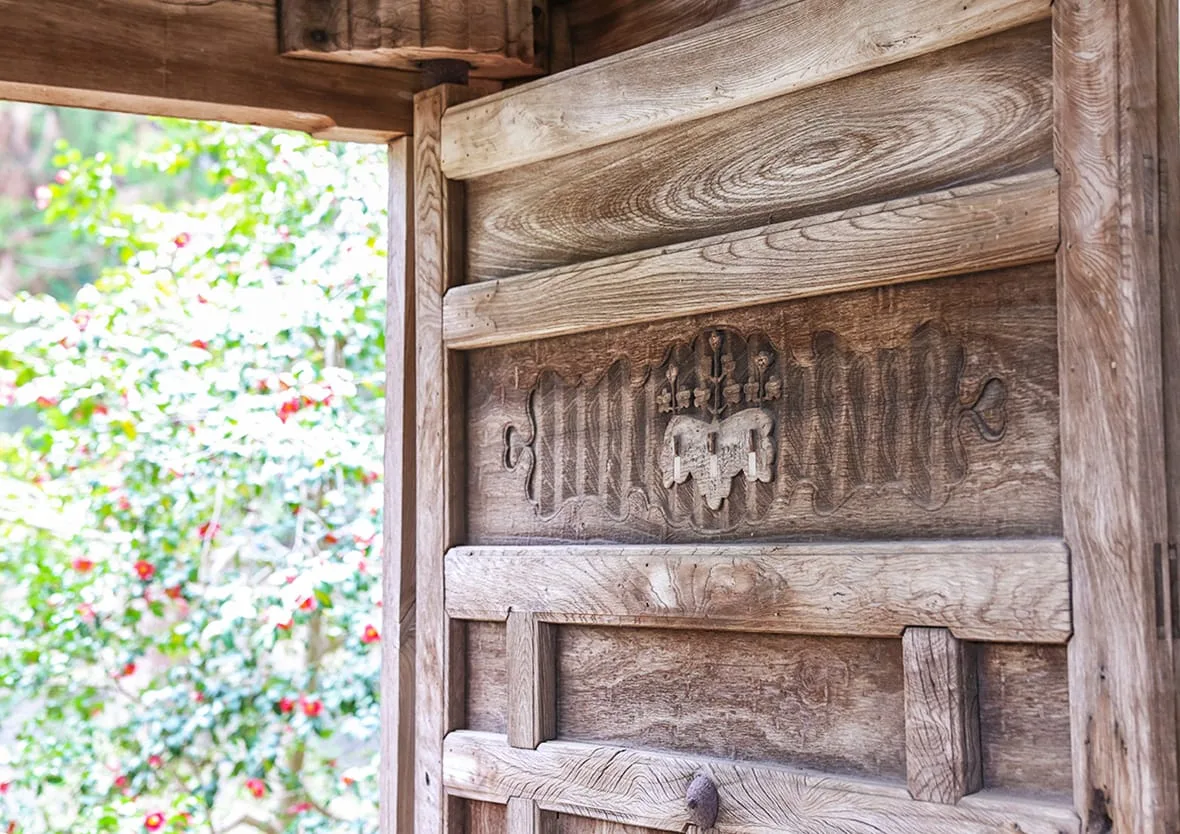
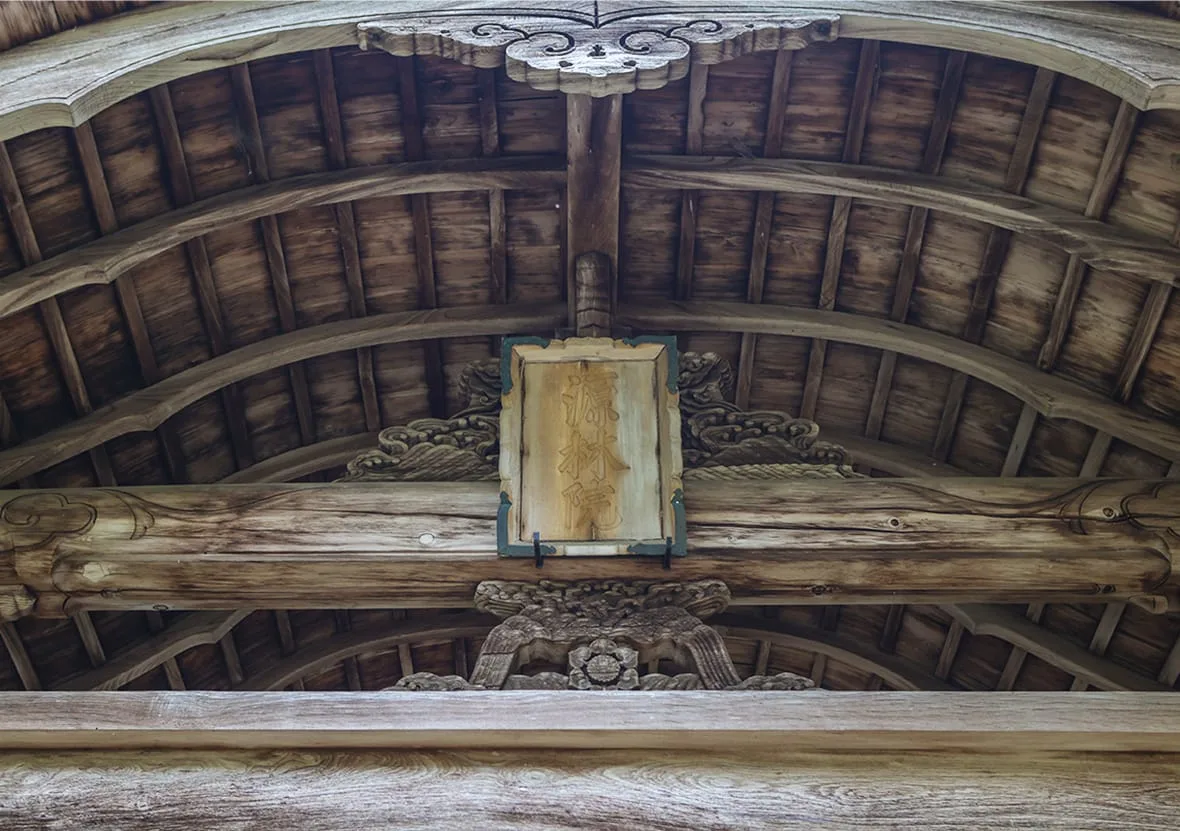
Grave of Lord Yoshito (Fourth Lord)
Built in 1707, this mausoleum features a forward-facing karahafu gable and intricate carvings of six-aoi crests and paulownia motifs.
Lord Yoshito succeeded his elder brother, Tsunachika, becoming domain lord in 1704, but he died in Edo the following year due to illness.
Although his rule was brief, he sought to maintain the stability of the domain by continuing the reforms initiated by his predecessors.
He passed away in 1705 at the age of 38.


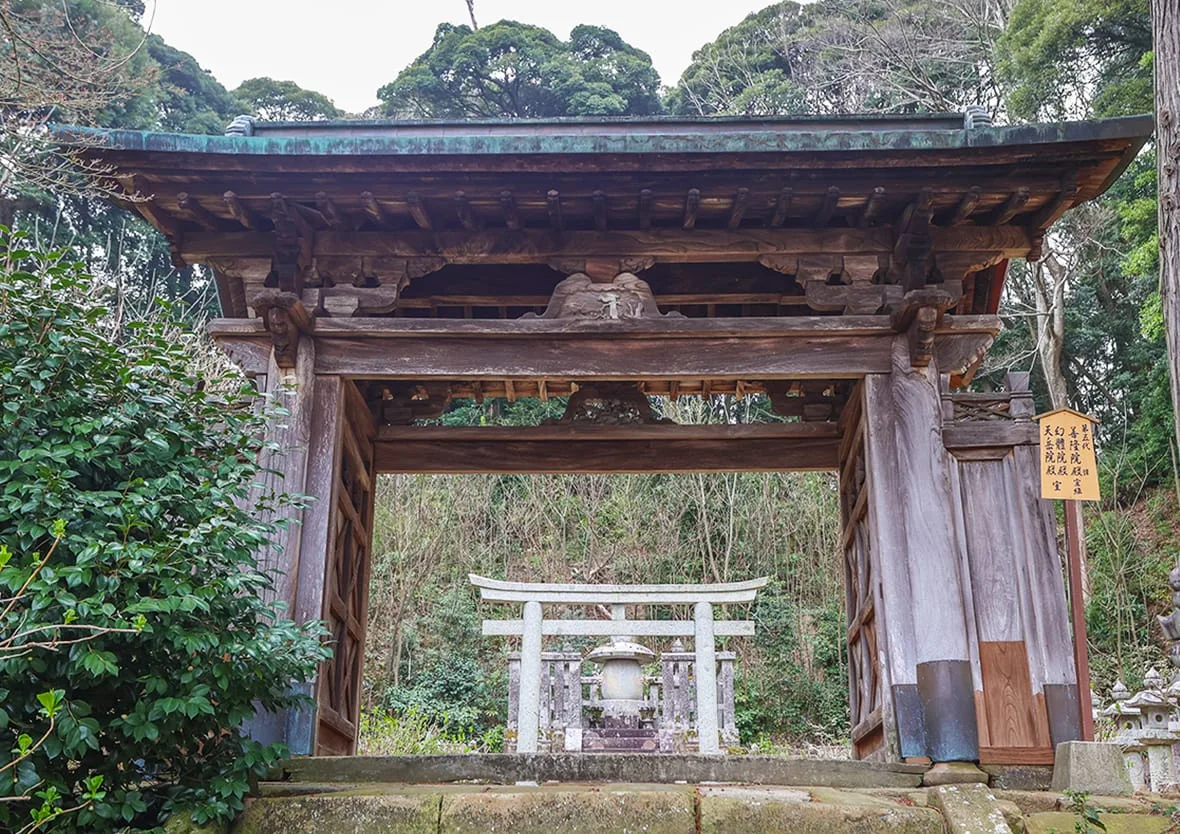


Grave of Lord Nobuzumi (Fifth Lord)
Constructed in 1731, this mausoleum is adorned with carvings of water birds and elephant-trunk motifs, showcasing advanced craftsmanship.
Lord Nobuzumi became lord at the age of eight in 1705.
He dealt with numerous natural disasters and threats from foreign ships near Mihonoseki, strengthening defenses by obtaining shogunate permission to conduct artillery exercises.
In 1720, he resumed governance of the Oki Islands, reinforcing the domain’s security.
He passed away in 1731 at the age of 34.
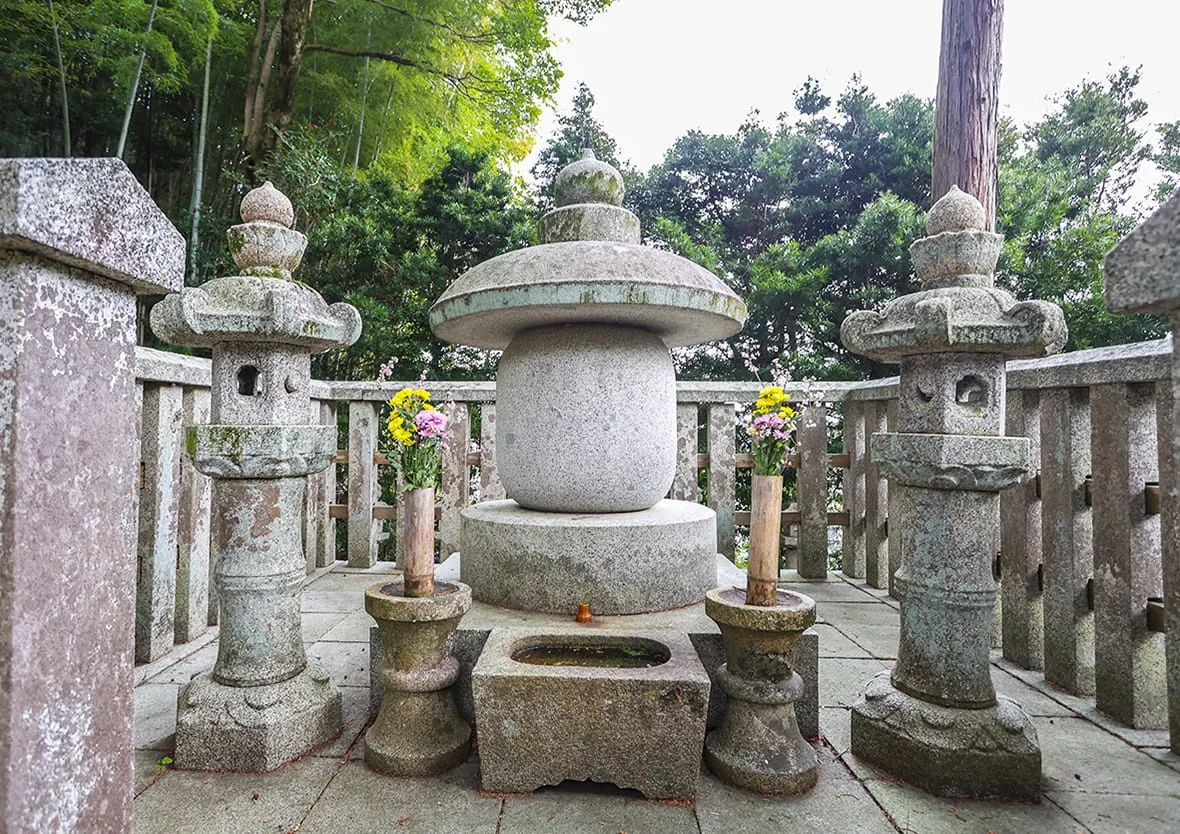
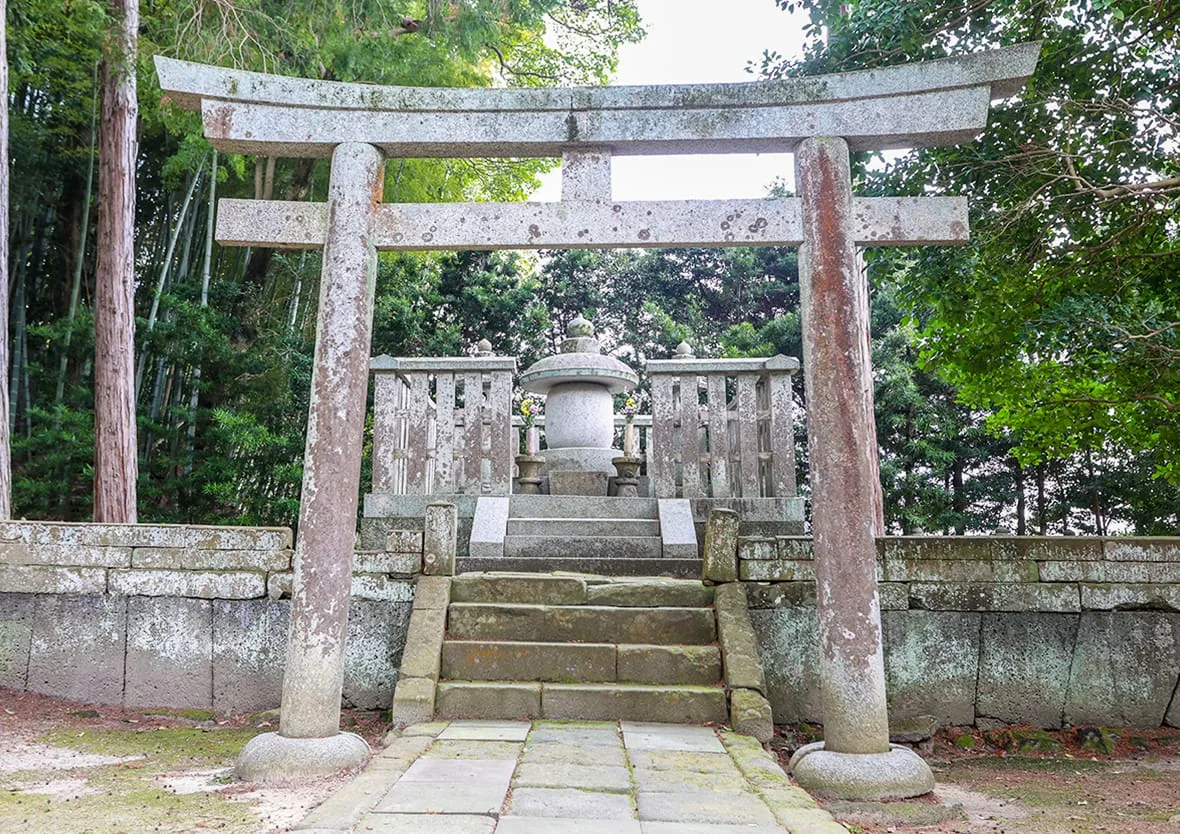
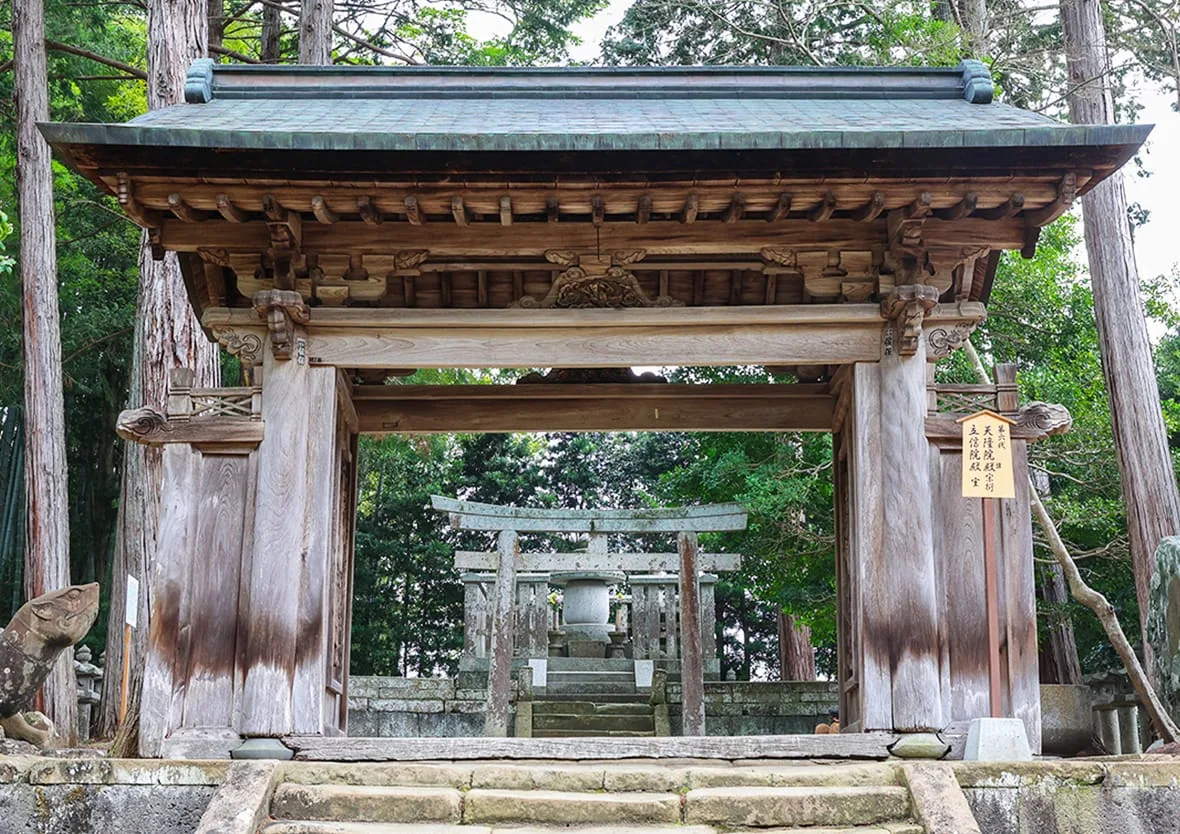
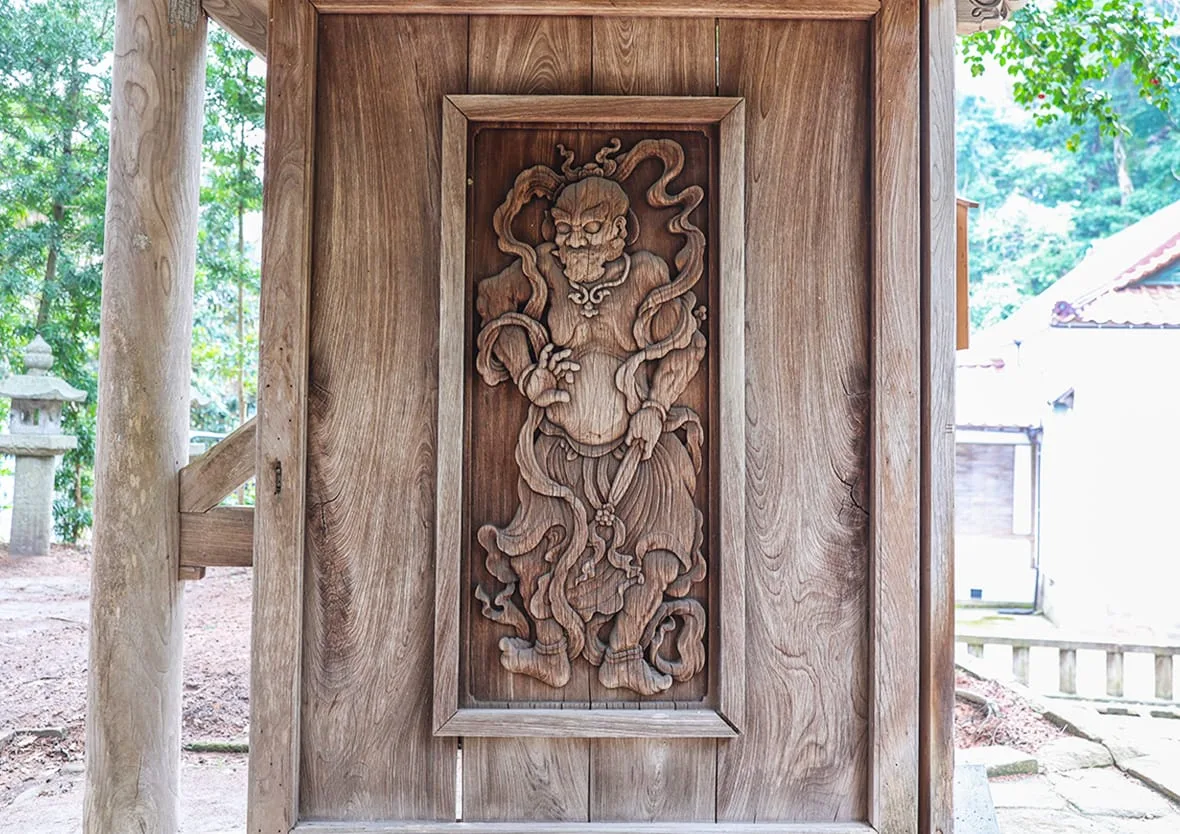

Grave of Lord Munenobu (Sixth Lord)
This mausoleum, believed to have been constructed after his death, features elephant-trunk motifs (zōbi) and relief carvings of guardian figures (Niō), following the same architectural style as the fifth lord’s mausoleum gate.
Born in 1729, Lord Munenobu became domain lord at the age of 16 during a time of severe financial crisis.
He implemented the Enkyō Reforms, introducing domain-run financial institutions and promoting industries to revive the economy.
However, large-scale construction orders from the shogunate placed a heavy burden on the domain, leading to the reforms’ collapse.
Later in life, he retired to Edo and never returned to Matsue, passing away there in 1782 at the age of 54.
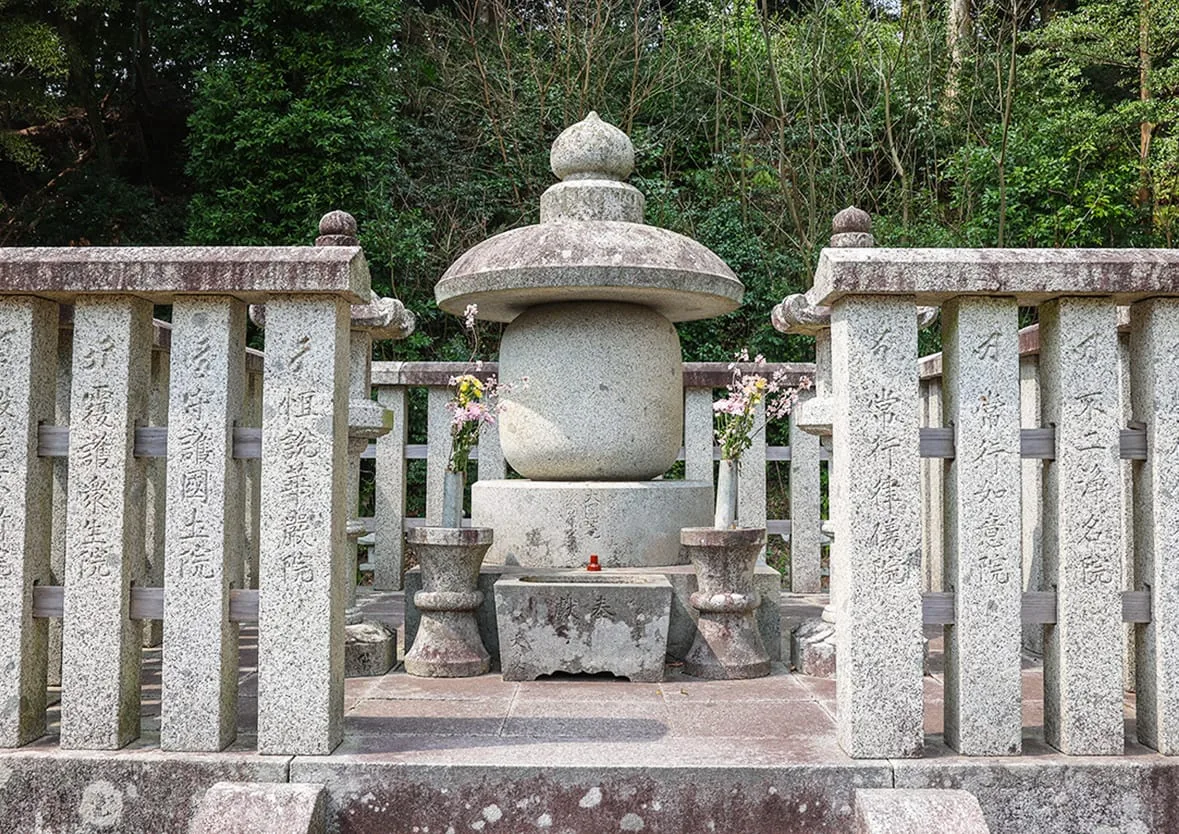
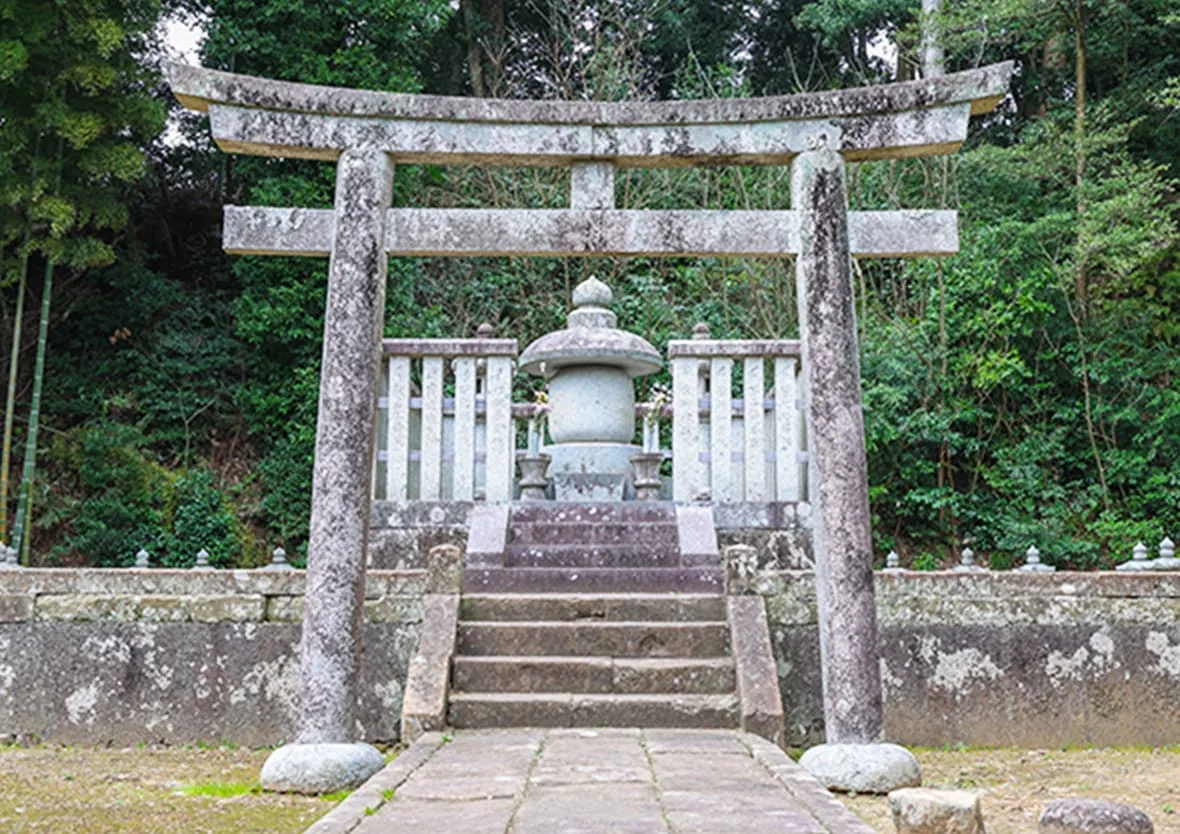
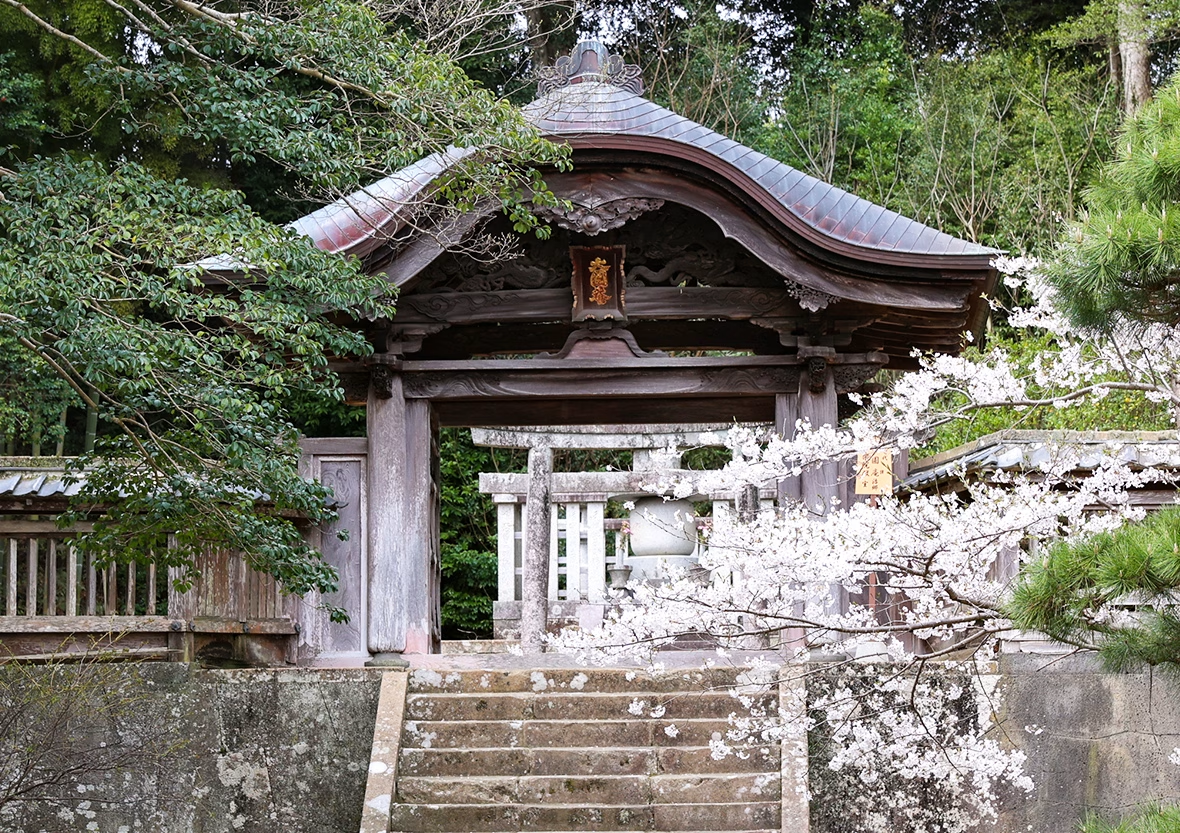

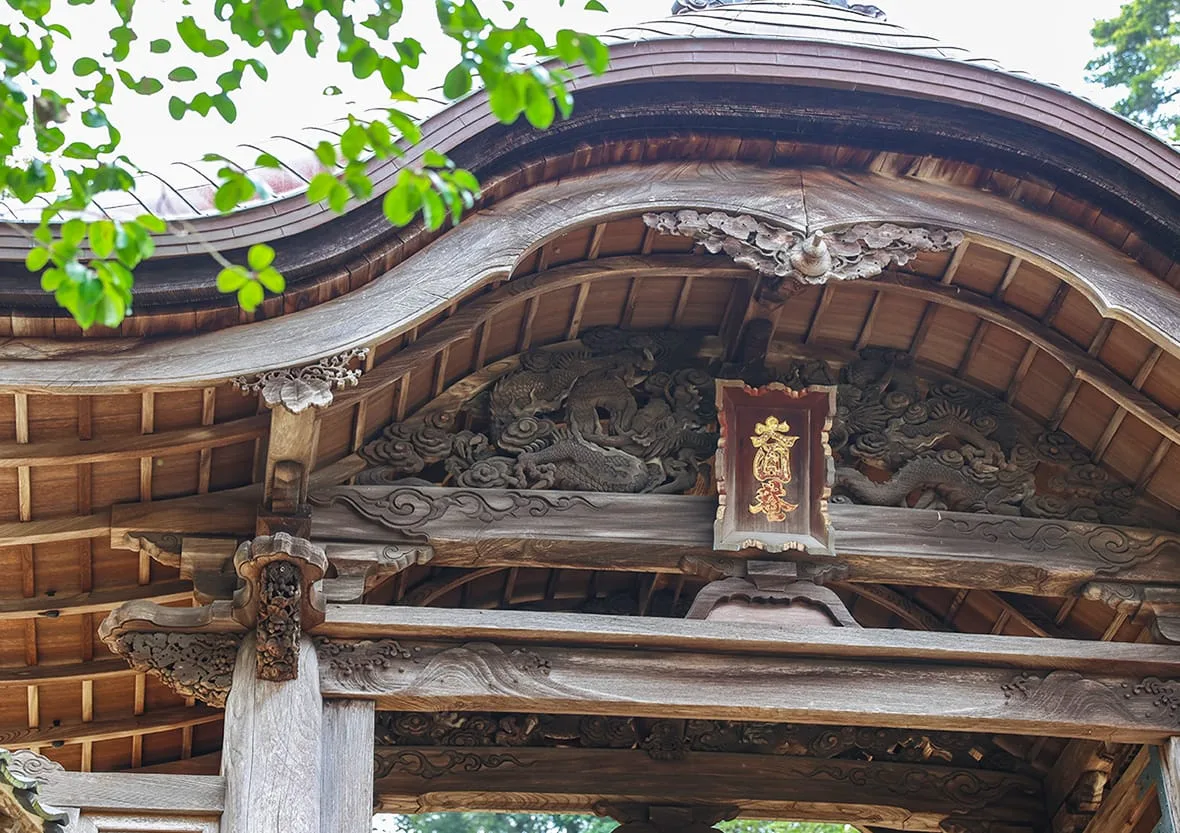
Grave of Lord Harusato (Seventh Lord of Matsue, Lord Fumai)
Built in 1819, this mausoleum enshrines Matsudaira Harusato, better known as Lord Fumai.
The mausoleum gate, a designated cultural property of Shimane Prefecture, features grapevine carvings attributed to master craftsman Kobayashi Jodei.
Born in 1751, Harusato became lord at the age of 17.
He was highly skilled in the tea ceremony, establishing the Fumai-ryu school of tea.
In addition to his cultural achievements, he enacted austerity measures to stabilize the domain’s finances.
He passed away in 1818 at the age of 68 in Ōsaki, Edo.
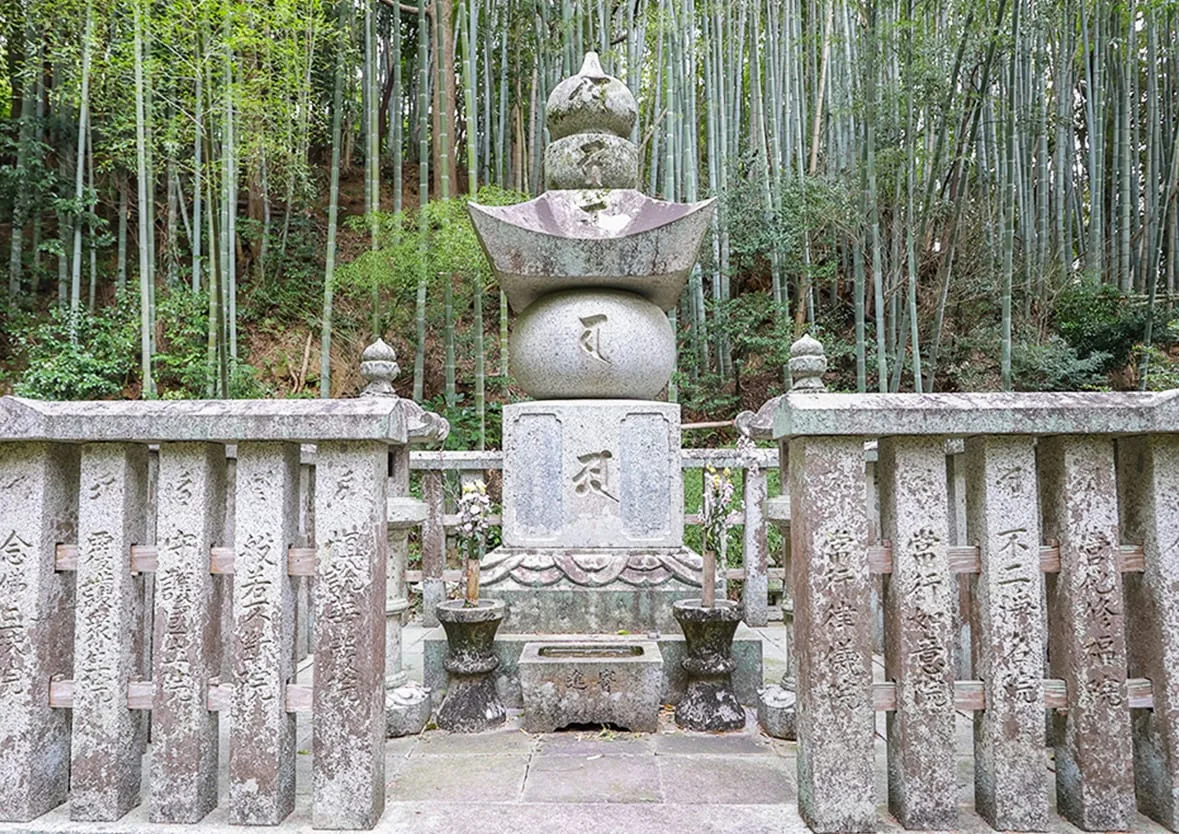
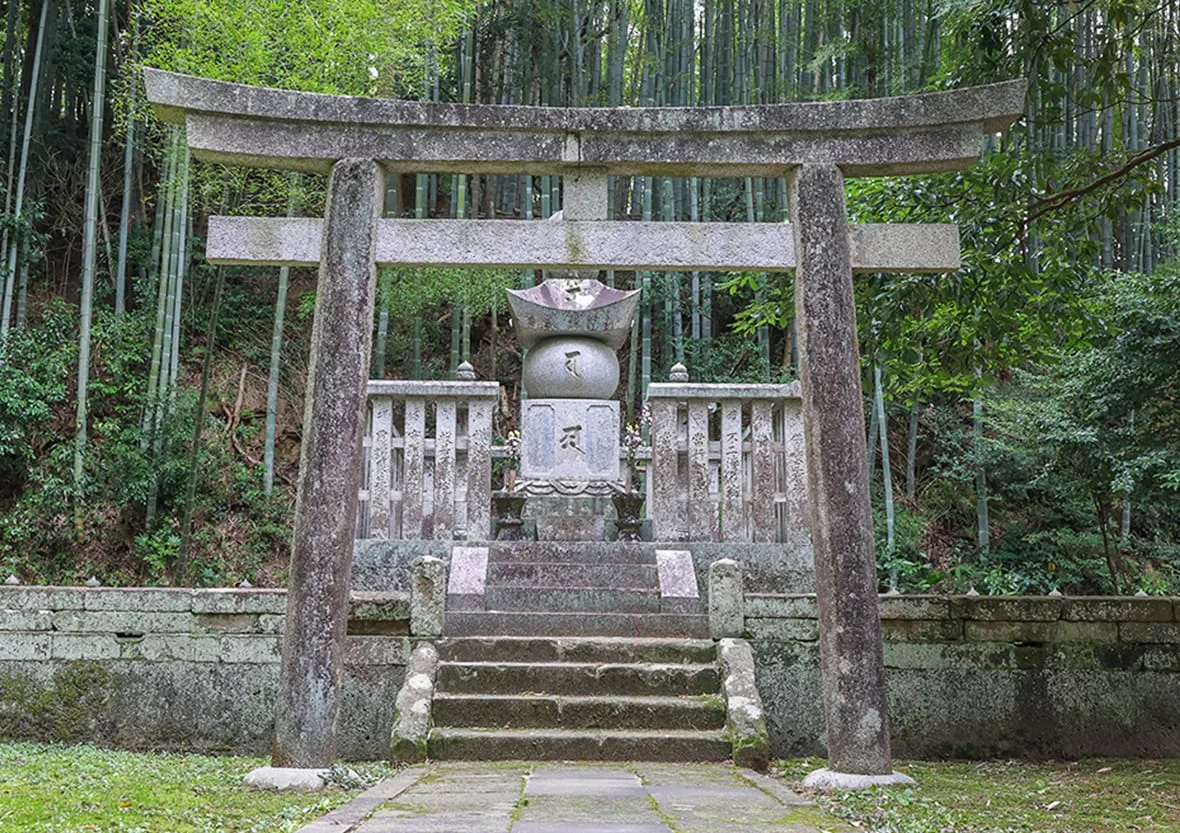
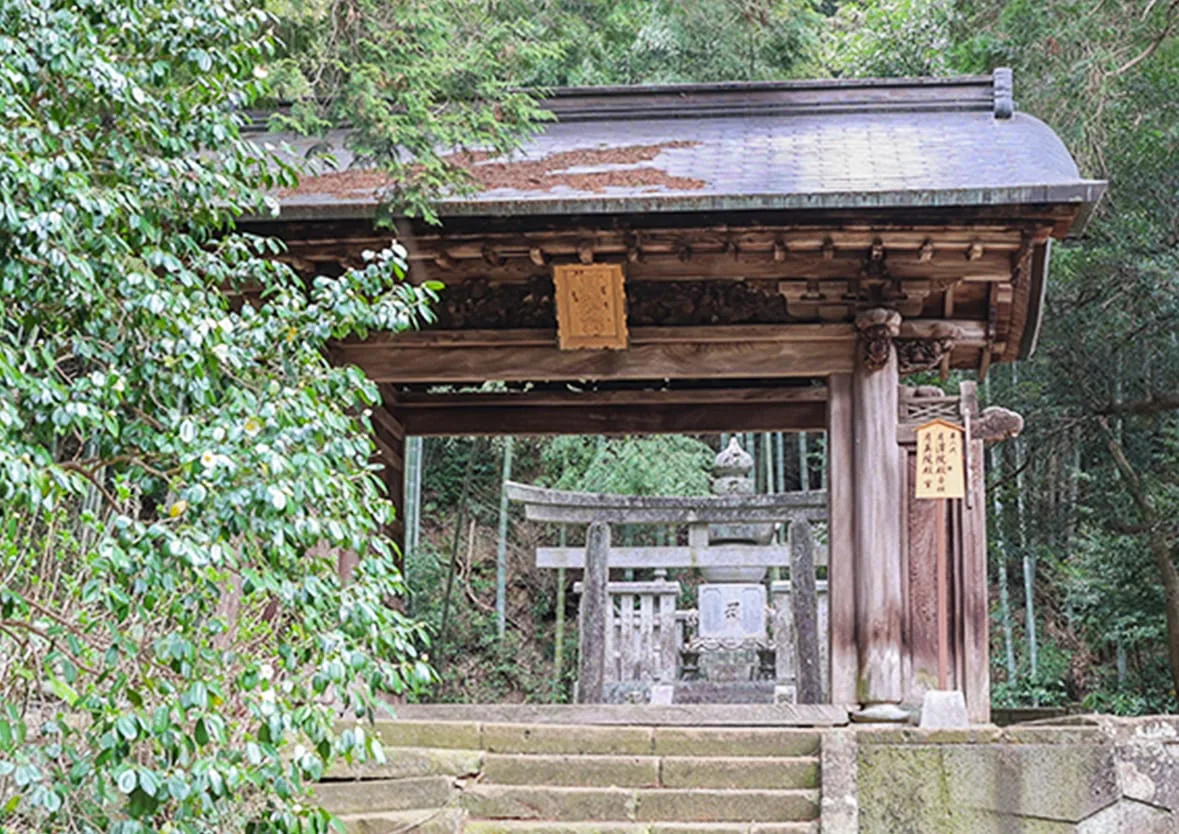

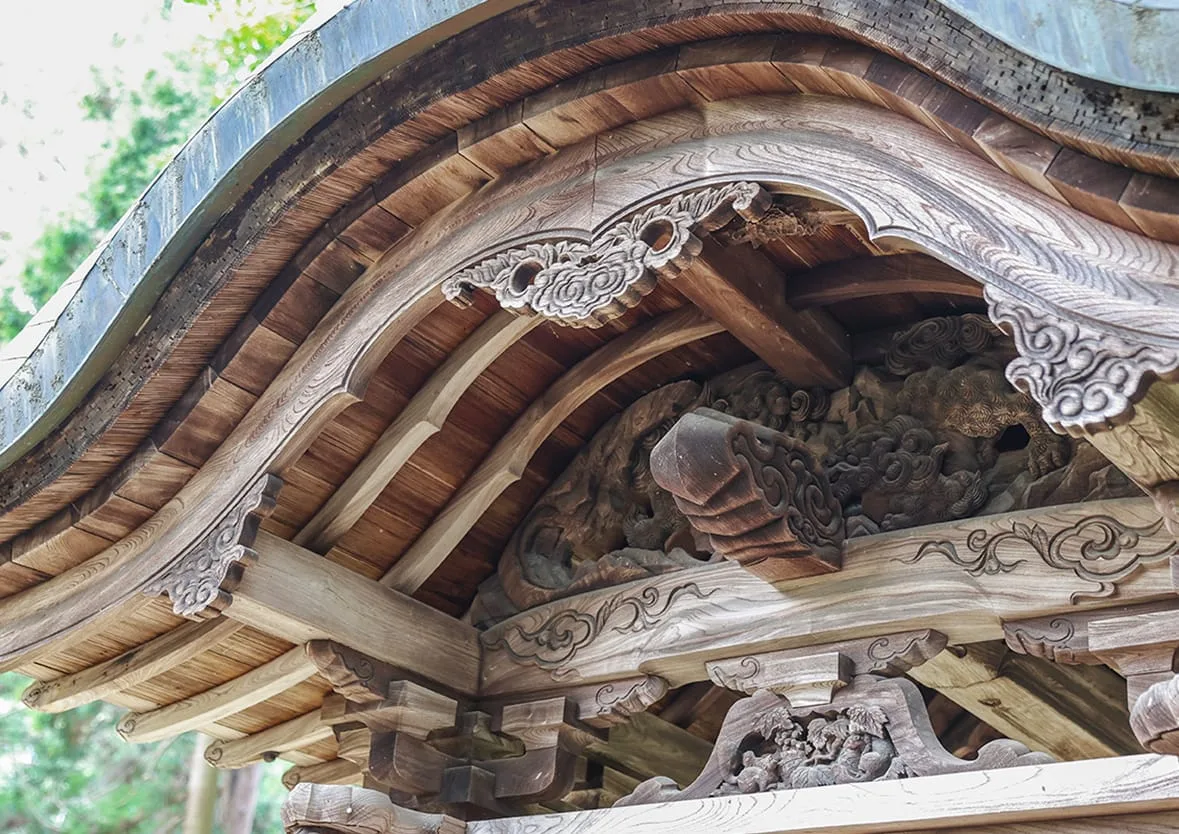
Grave of Lord Naritsune (Eighth Lord)
The mausoleum was built in 1823.
It is adorned with carvings of peonies, gourds, squirrels, and Chinese lions, and is characterized by its ornate design.
Lord Naritsune was born in 1806 and became the feudal lord at the age of 16.
Influenced by Lord Harusato, he excelled in the tea ceremony and calligraphy, adopting the art name Hyōan Gettan.
He also worked to strengthen military defenses in response to the appearance of foreign ships around the Oki Islands.
He passed away in 1822 at the age of 32.

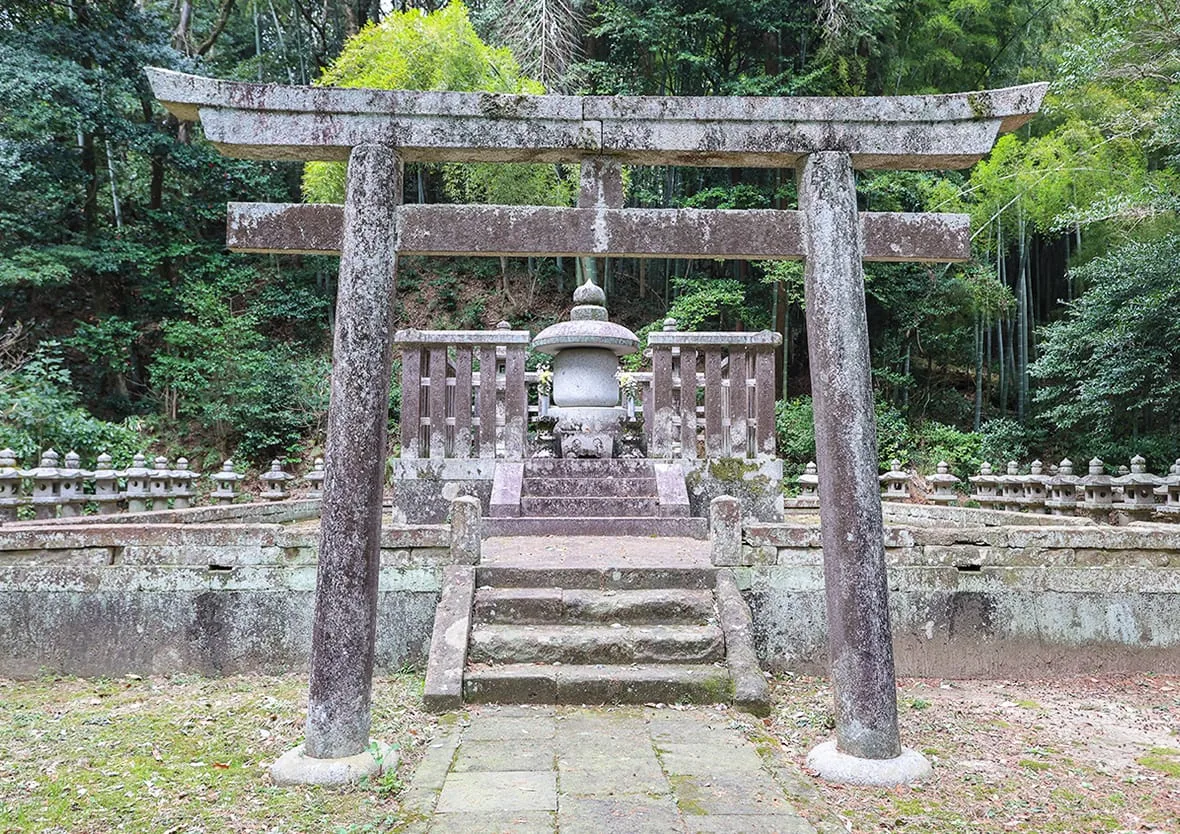
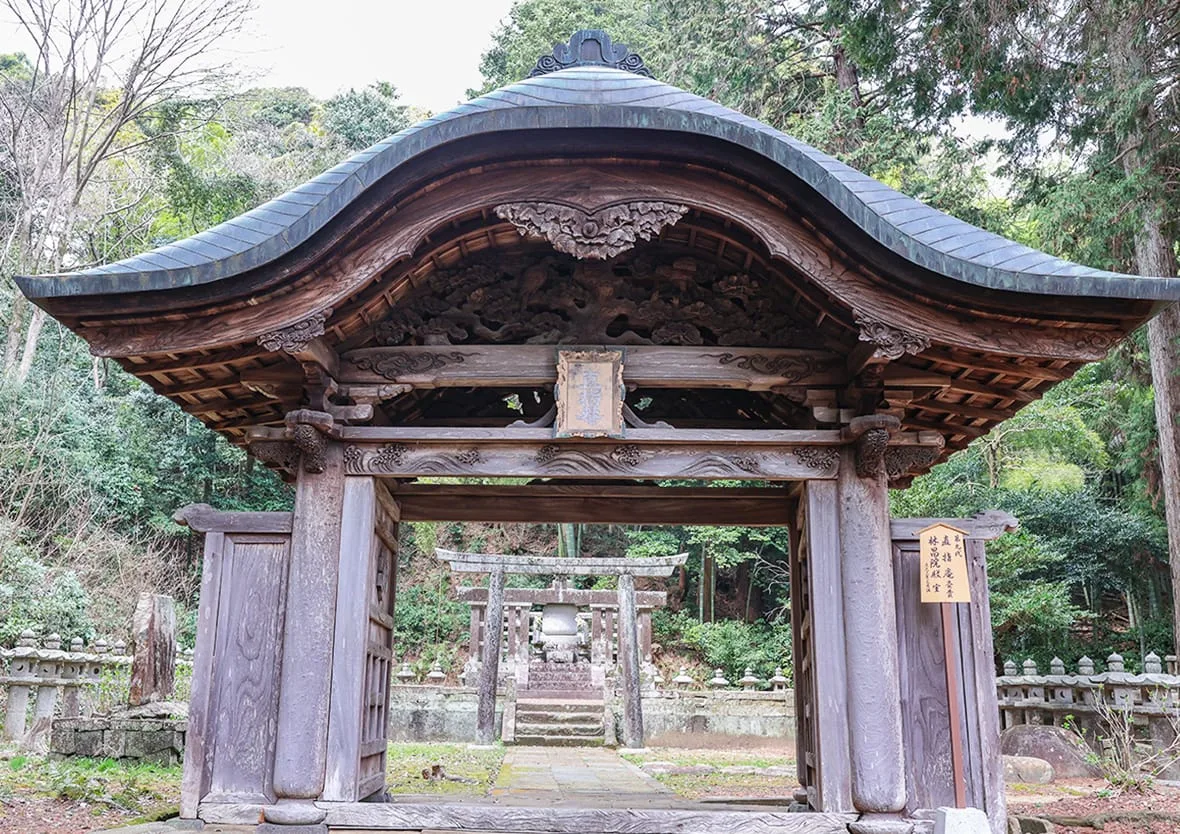
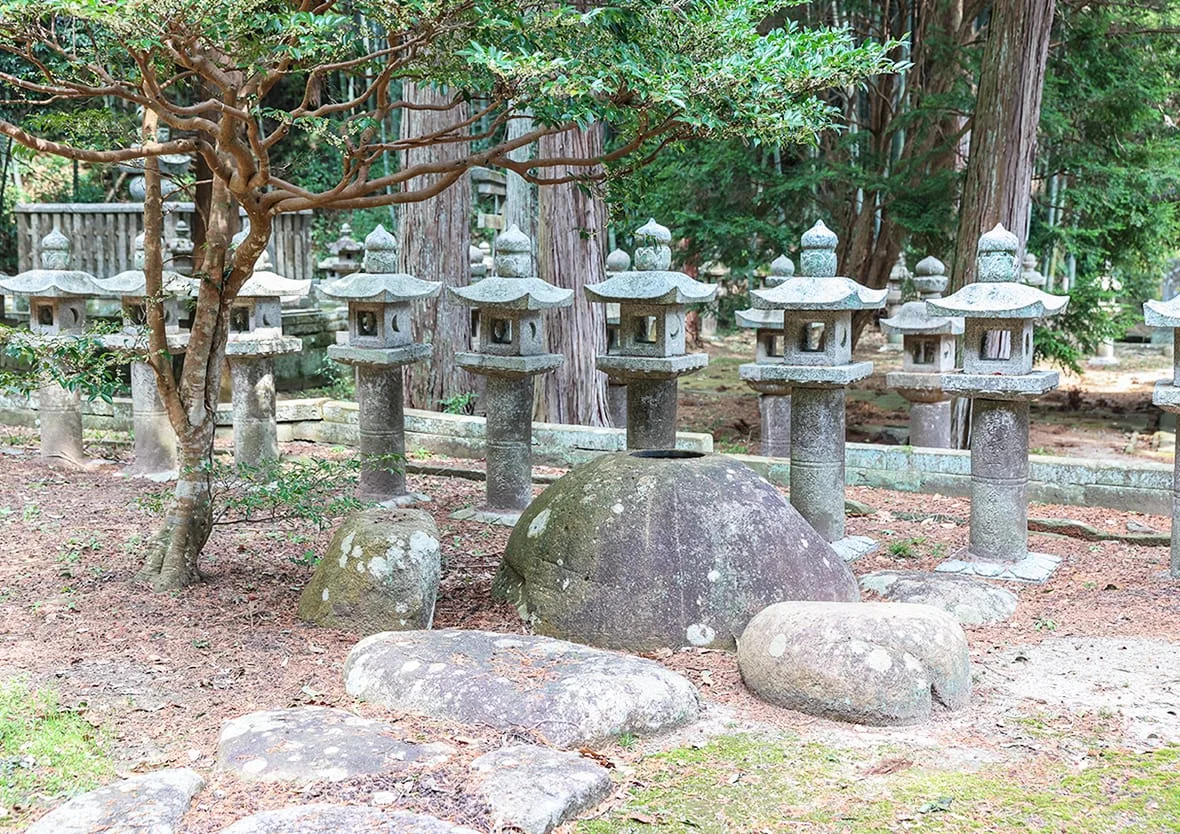
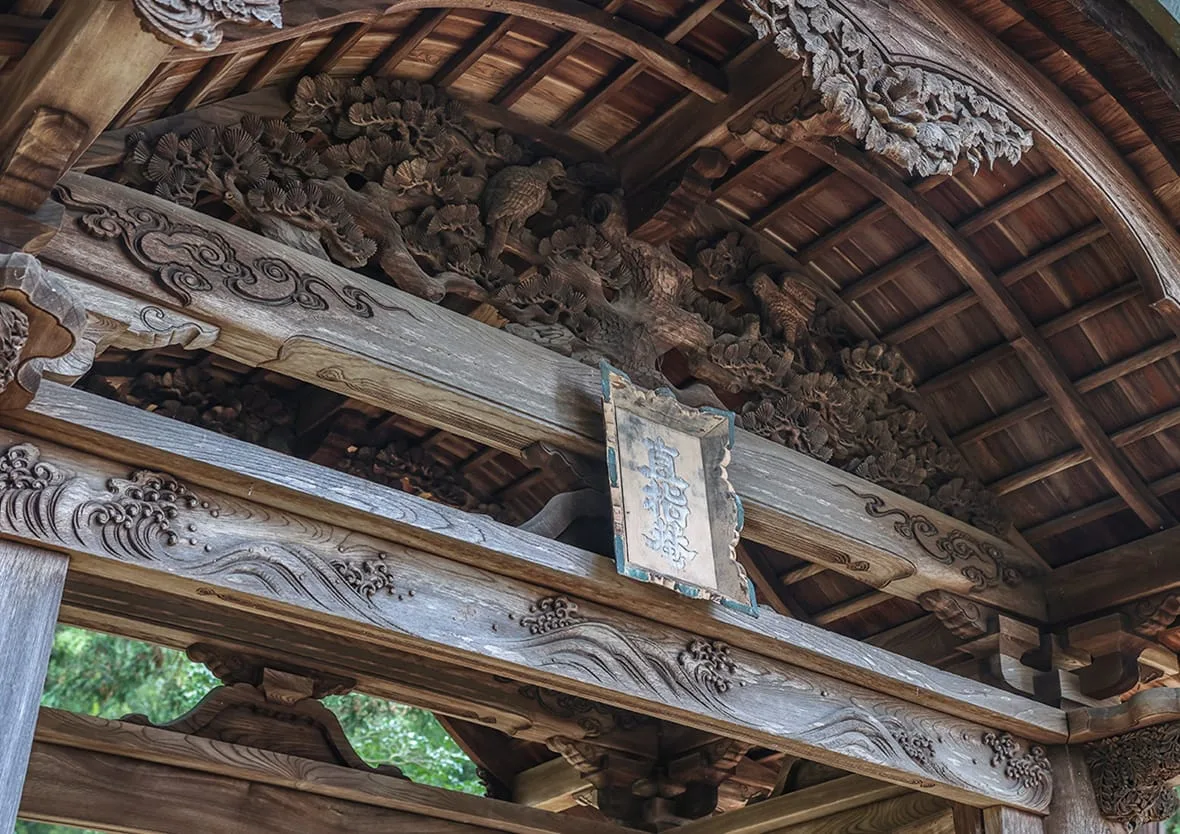
Grave of Lord Nariyoshi (Ninth Lord)
This mausoleum was likely constructed posthumously.
Above the transom of the mausoleum is an openwork carving of a pine tree and a hawk, reflecting Lord Nariyoshi’s fondness for falconry.
Born in 1815, he became lord in 1822.
In his political administration, he completed the Izumo-ban Engishiki and, under shogunate commission, oversaw the editing and publication of the Nanshi in one hundred volumes.
He also promoted civil engineering projects, such as the construction of a new river in Hikawa District.
Although he showed an interest in Western culture, it is said he favored simple foods like millet rice and simmered daikon radish.
He passed away in 1863 at the age of 49.
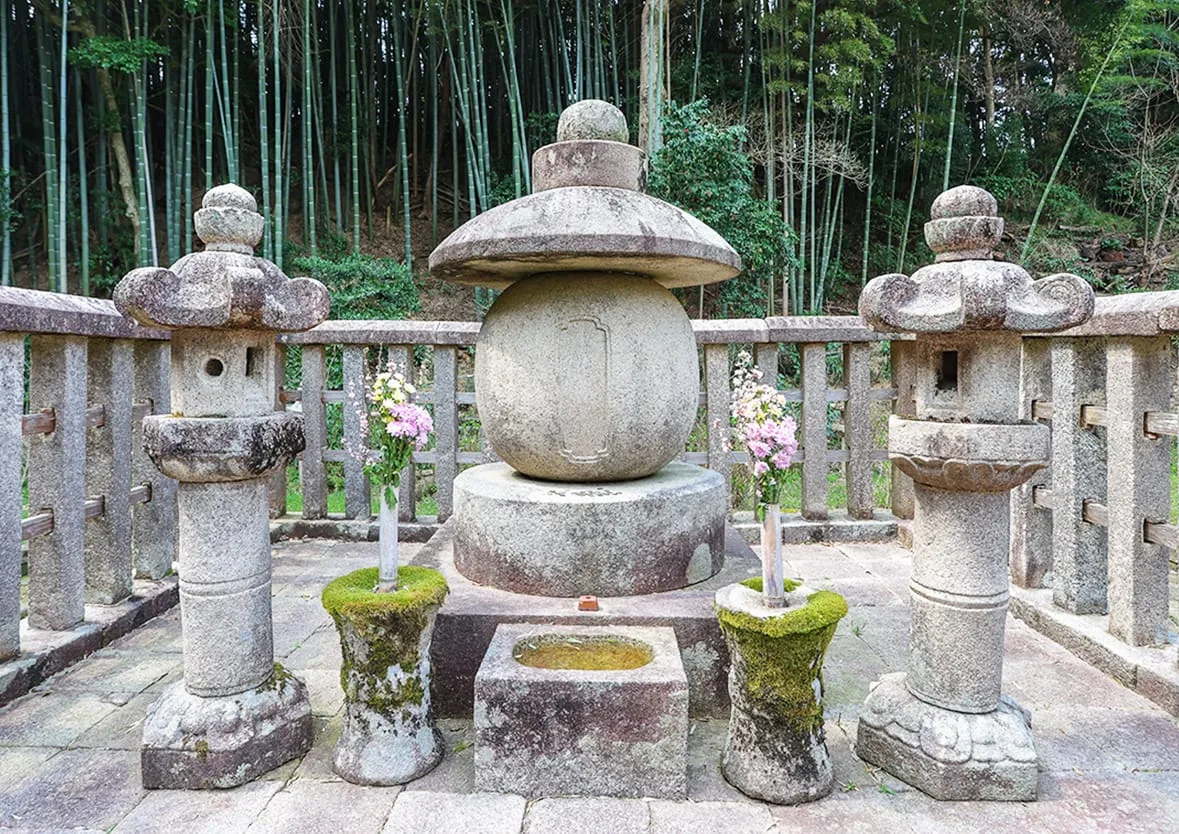
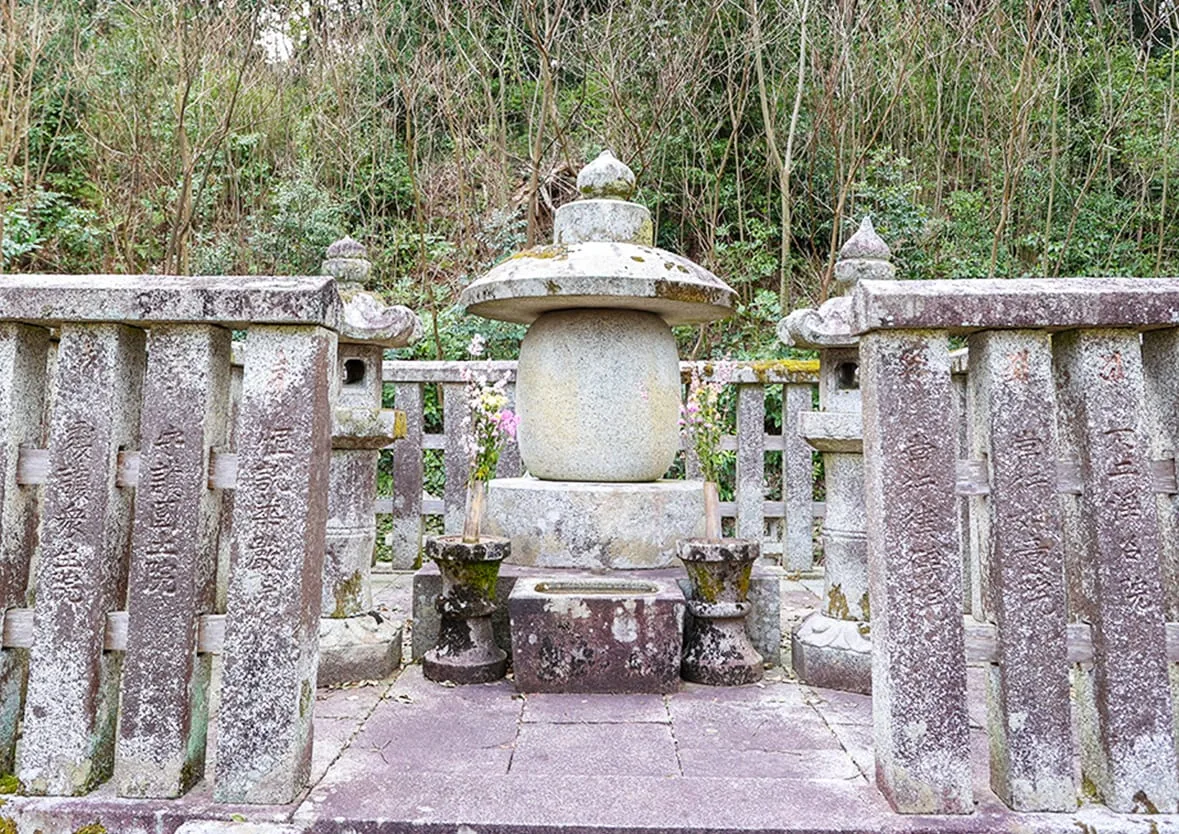
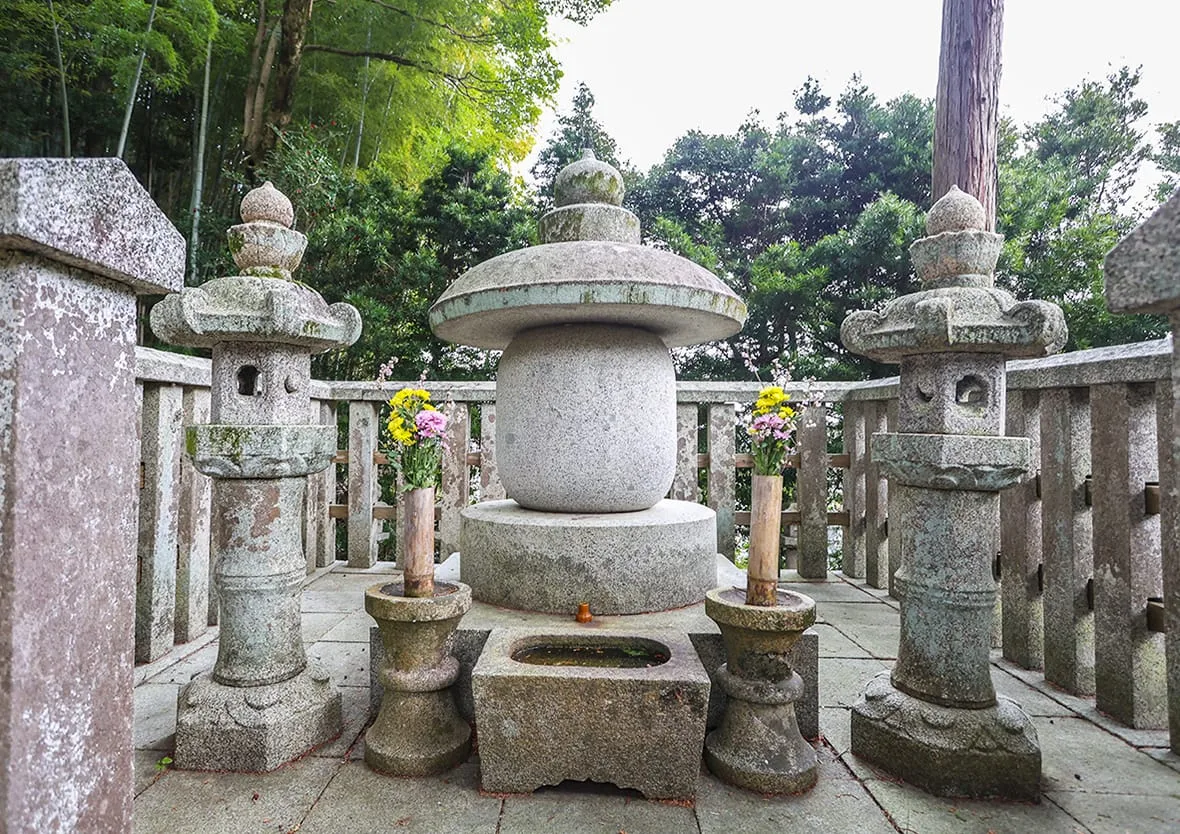


Unique Gorintō (Five-Ringed Stupas)
At the gravesites of the first, fifth, sixth, seventh, and ninth lords stand uniquely shaped Gorintō monuments, differing from the standard form.
These distinctive stone monuments symbolize the faith and authority of the Matsue lords and remain preserved in their original state to this day.
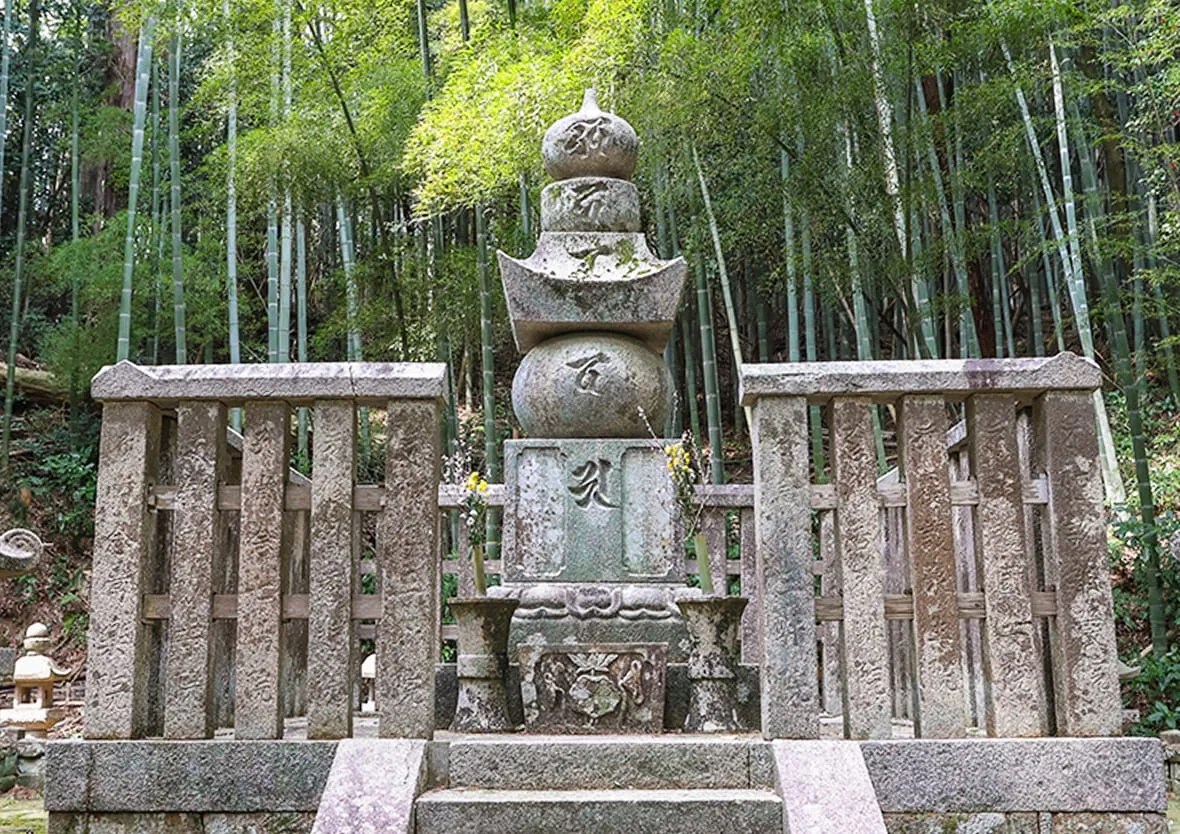
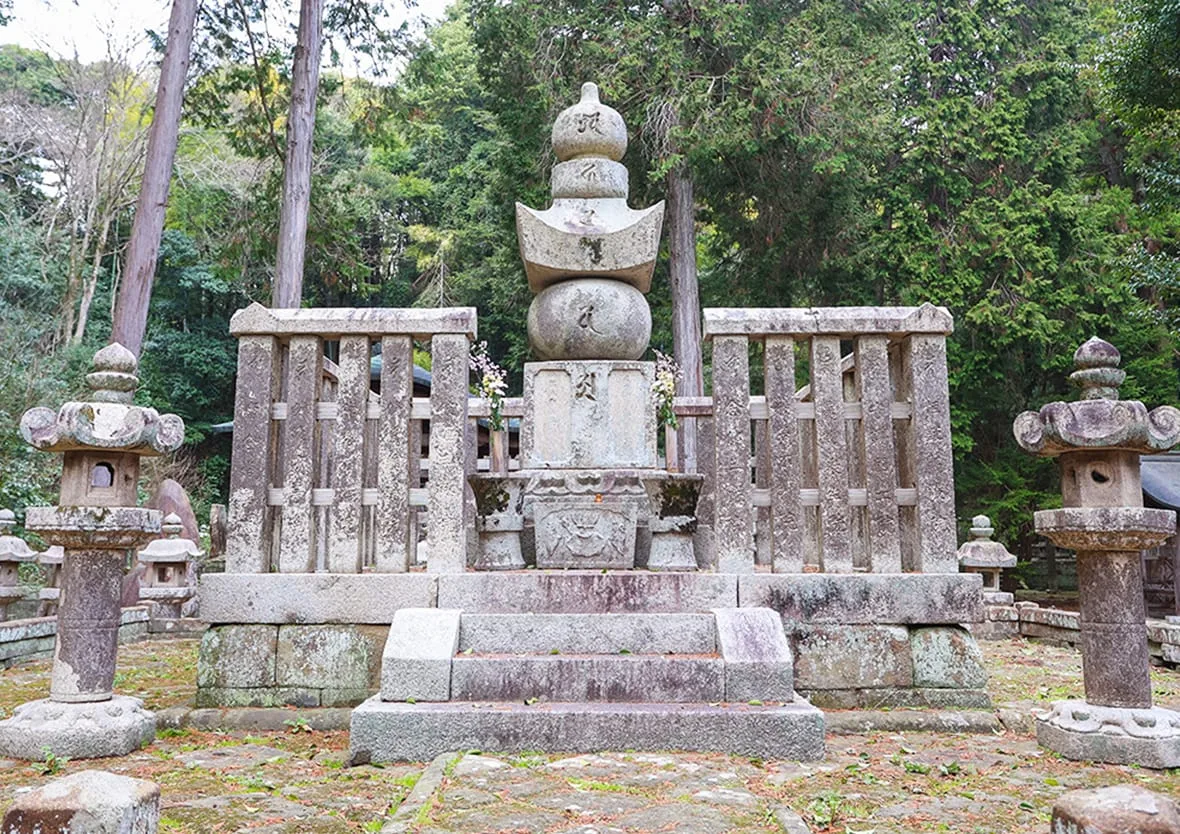

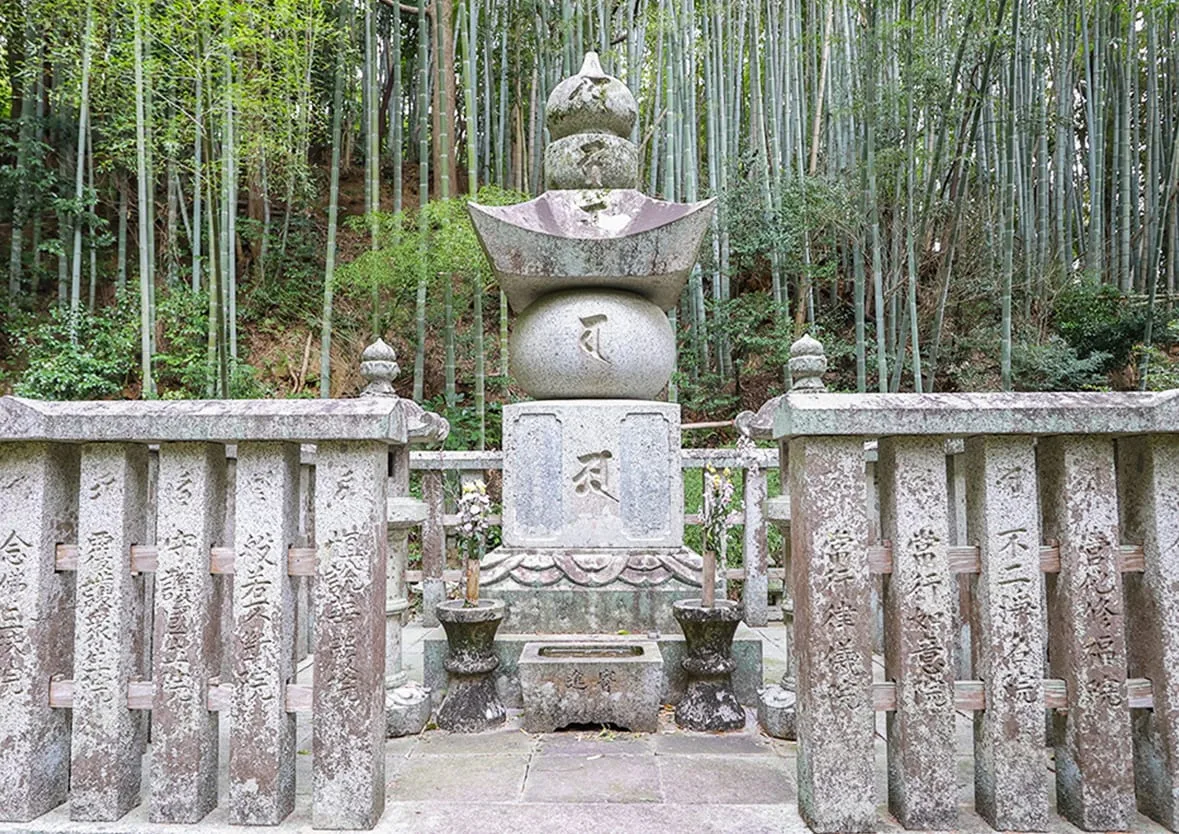
Traditional Gorintō (Five-Ringed Stupas)
Traditional Gorintō monuments, representing the five Buddhist elements—earth, water, fire, wind, and void—are erected at the gravesites of the second, third, fourth, and eighth lords.
They serve as symbols of the lords’ faith and authority, continuing to convey the spiritual legacy of the Matsue Domain.
